The modern-day Chrysler 300 Series has played a significant role for the Chrysler brand since 2004. The American-designed, Canadian-built large sedan has gone from a beloved icon and winning MotorTrend’s Car of the Year award in 2005 to a vehicle that continues to sell modestly well considering there is virtually no marketing campaign for or anything to remotely promote its existence over the past handful of years.
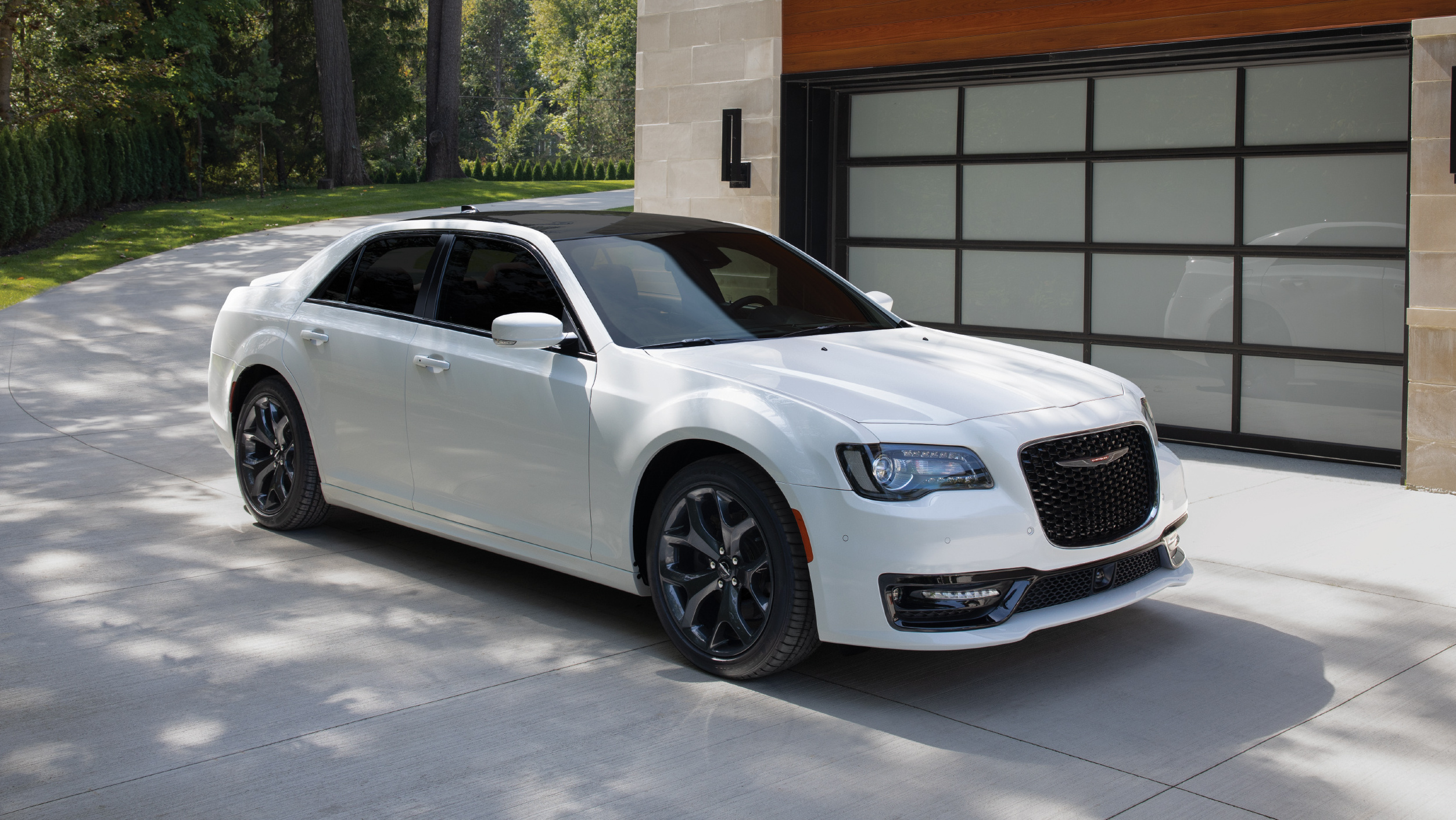
It was only a decade ago, that it seemed that the Chrysler brand was pushing for more exciting and fun vehicles for its rear-wheel-drive LX-platform. In 2006, Chrysler introduced a modern take on the classic luxury Imperial nameplate with the Chrysler Imperial Concept, a long-wheelbase 300 with Rolls Royce-like styling that became the talk of the 2006 North American International Auto Show (NAIAS) in Detroit. But there was one Chrysler concept car based on the Chrysler 300 Series, that proved it could be a true driver’s car but never reached production.
Introduced at the 2007 NAIAS show, the Chrysler Nassau Concept bared the nameplate of the modern-day 300 Series original design name. The Nassau blended the Chrysler design language of the time with some classic British “shooting brake” design elements to create a unique coupe-like wagon. Despite, sharing the same wheelbase as the standard 300 Series, the Nassau appears to be much more visually compact than the 300.

The four-door, four-passenger Nassau Concept, explored a new expression for the Chrysler brand while combining refinement, function, and style into a unique package. Although the arc of the roof resembles coupe-like styling, the Nassau was, in fact, a four-door hard-top. With the front and rear side glass lowered, the car prominently revealed that there was no above-the-belt B-pillar.
“Traditional exterior proportions have been enhanced with a silhouette that recalls the classic English ‘shooting brake,’” said Alan Barrington, who was the Principal Exterior Designer of the Nassau. “This provides SUV-like interior volume with a lower, more roadworthy physique,” Barrington said the exterior design vocabulary was fluid and sophisticated with special attention paid to wheel placement relative to the body surface for a sleek, toned stance. “In order to attain a more compact appearance, the Nassau has deliberately concise front and rear overhangs, with the body surface wrapped around the large 10-spoke 21-inch wheels.”
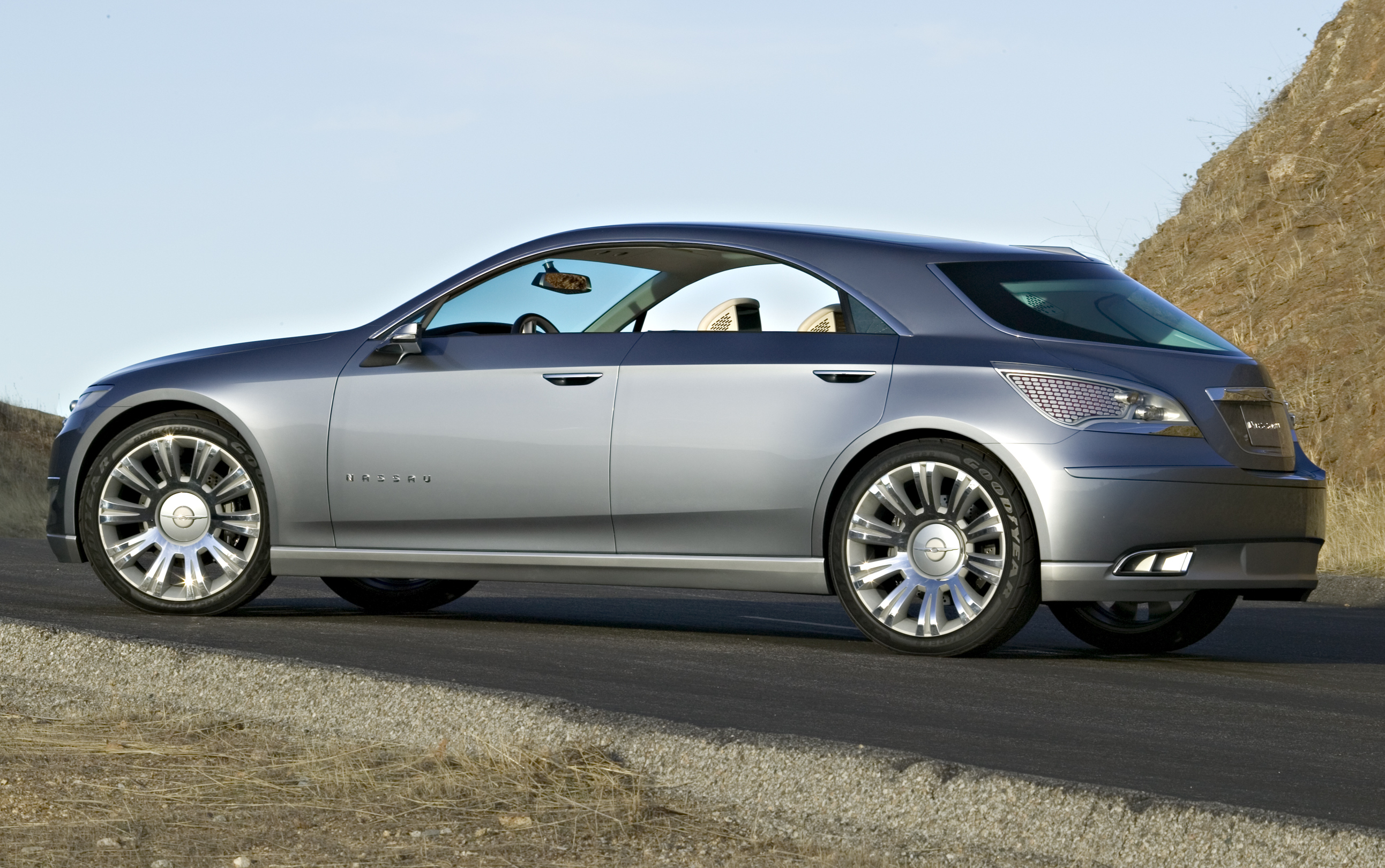
The design team opted to use a new “Mystic Blue Pearl” paint, giving the Nassau a more luxurious look to its color palette. Accenting the color was a Starbright Silver color that was added to the sill as well as the lower portions of the front and rear fascias, making the car appear longer and lower. The lower surface of the car’s body was defined by a subtle undercut that rises slightly towards the rear wheel.
Looking at the side profile of the car, the upper portion of the rear hatch was steeply raked with the rear glass swept cleanly around into the C-pillars (a design theme we have seen in a lot of the new Jeep vehicles). The lower portion of the tapering rear glass was pulled rearward, while the Nassau featured flanking taillamps that were graphically reversed of the car’s headlamps with the taillamp lenses growing wider as they wrapped around to the side of the car. The taillamp lenses utilize rows of bright rectangles set in a red field, which delineate the surface of the rear quarters when the lamps were unlit. The Nassau was also an early user of LED exterior lighting technology, which has become a standard fixture across most vehicles in showrooms today.
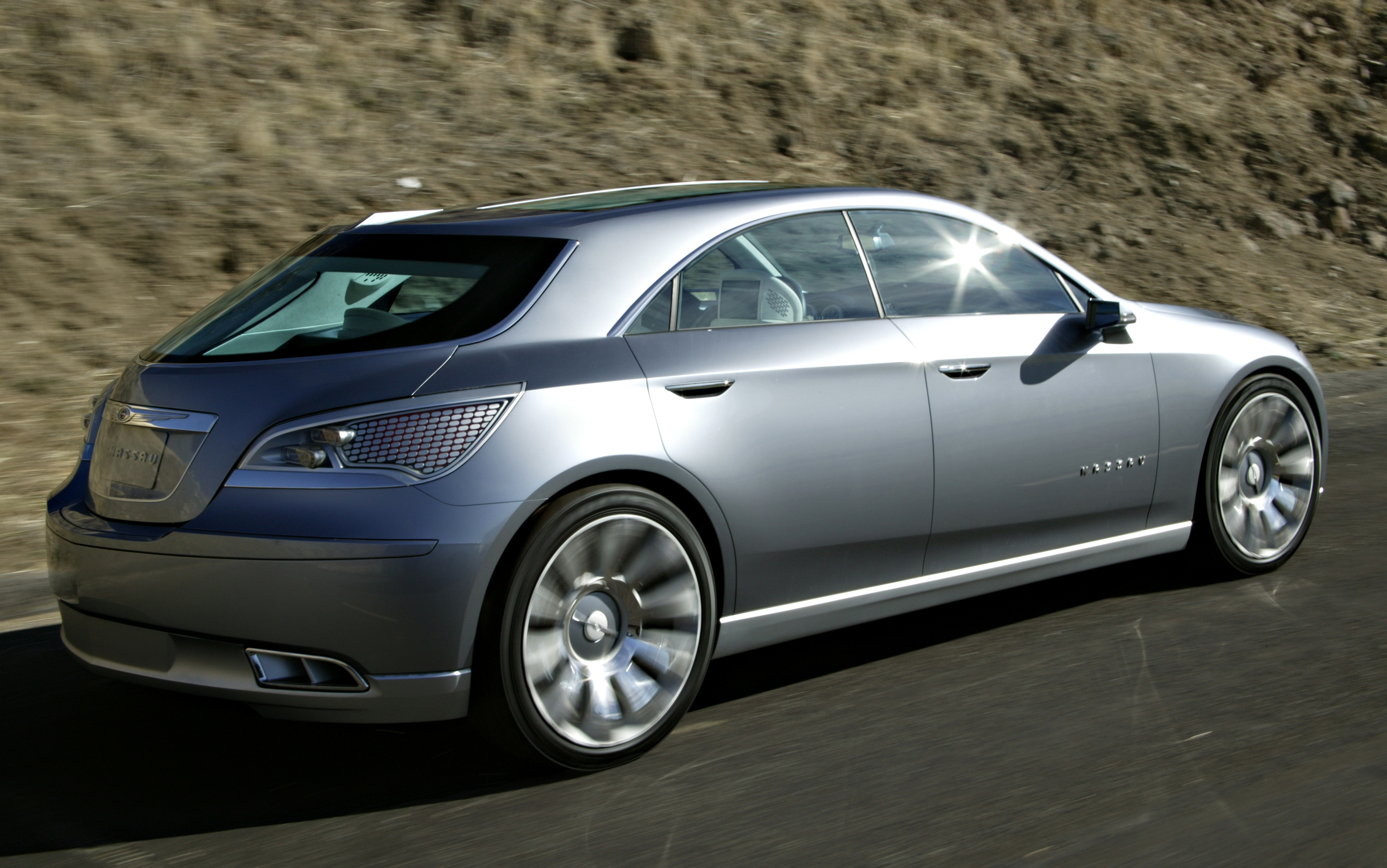
The Nassau Concept also tested the waters of design and relayed consumer feedback back to designers about the new interpretation of the egg crate Chrysler grille and winged badge, which were rendered in chrome and satin aluminum. At the time, the Chrysler brand was trying out a new brand-identifying logo. A similar process was tried out on the 2009 Chrysler 200C EV Concept. Surrounding the grille and sweeping rearward nearly to the front wheel openings, which evoke the uplifted wings of the Chrysler badge. The front design of the car also features tapering left and right fog lamps, a detail replicated in the side mirrors.
Under the hood, the Nassau shared much of its running gear with the Chrysler 300C SRT8. This meant that it had a 6.1-liter SRT HEMI V8. When compared to the 5.7-liter HEMI V8 of the time, the 6.1-liter featured bored out cylinders by 3.5 millimeters, increased compression ratio to 10.3:1 from 9.6:1, higher-flow cylinder heads, a specially designed intake manifold, and exhaust headers with individual tubes encased in a stainless steel shell that made the 6.1-liter SRT HEMI V8 much more potent than the 5.7-liter HEMI.
The 6.1-liter delivered 425 horsepower (317 kW) and 420 lb.-ft. (569 Nm) of torque to its rear wheels through a 5-speed AutoStick® automatic transmission and heavy-duty four-flange prop shaft.

Inside, the Nassau featured luxury elements design to aspire a younger audience from the mid-2000s. The interior design theme featured seamless and flowing elements done in leathers and fabrics derived from futuristic architectural interiors. “We looked carefully at space efficiency,” said Ben Chang, the Principal Designer of the Nassau’s interior. “We paid close attention to the graphics and finishes of these technologically advanced products, seeking to make controls in the Nassau’s interior that the driver interfaces with similar to what you’d find in the office or among personal electronic devices. We strived to achieve a seamless interface between your car and the rest of your electronic world.”
The instrument panel (IP) showcased some new technologies for the time, which included a new data display, personal control interface, and home theater-inspired entertainment. The driver could select gears using a “pod control mount” located on the IP or use paddle shifters on the steering wheels.

“The look of the instrument cluster was based on an expensive watch, again because we sought to create a visible connection with what people have and use,” Chang said. While the instrument cluster has its own taut brow, the shape of the forward portion of the IP is sensuously sculpted. Housing the main cluster, the upper surface of the panel includes a wide asymmetrical elliptical opening.
The shape was inspired by Constantin Brancusi’s famous Bird in Space sculptures. Brancusi, an artist based in Paris from the 1920s to the 1940s, was preoccupied with the physical attributes of birds in flight, or more specifically, the essence of flight. The theme fits with the vehicle’s goal of giving the constant impression of smooth, slender movement. Within the IP was a three-layer screen, which allows the simultaneous display of the navigation, passenger entertainment, and vehicle function displays.

Four formed bucket seats were covered in cream-colored leather, with the suede accents in a fine bamboo texture, a theme repeated on the door trim panels. Occupants could gaze upward through twin skylights, longitudinal blue-tinted glass panels that run the length of the roof panel. Those in the rear seats can enjoy video on the flush video screens incorporated into the rear-facing portion of each of the front seat headrests.
Running between both rows of seats was a center console with a satin silver trim strip that travels from the IP center stack to the upper rear seatbacks. Set within the console were front and rear “joystick” controls designed to function much like the “mouse” control of a computer. Power window switches and flush-mounted pop-up cup holders were also contained in the console.
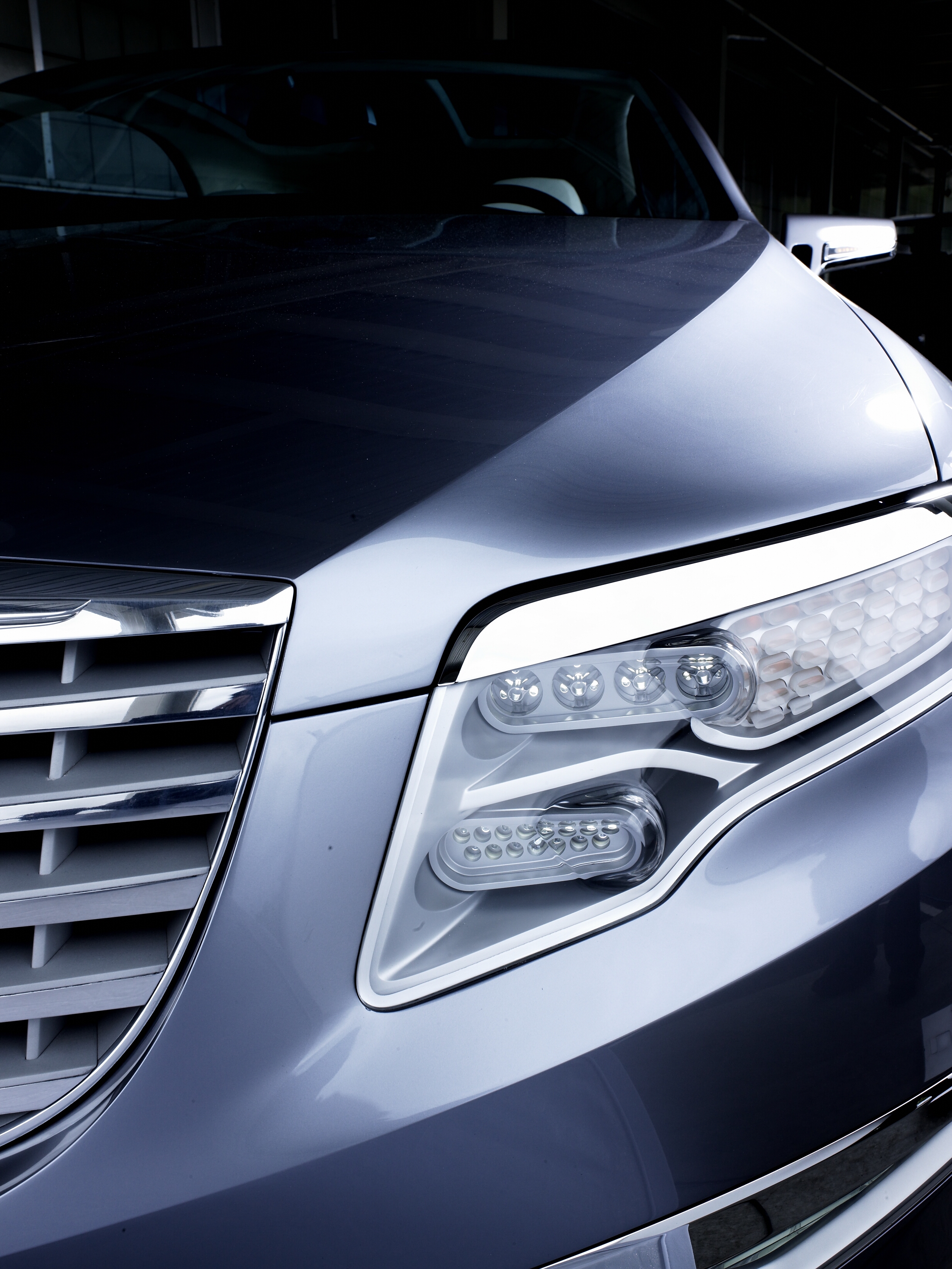
Among other visual details inside the Deep Mystic Blue and Cream interior or the Nassau Concept were the refined-yet-simple chrome accents and textures used on the silver speaker grilles on the doors, seatback monitors, headliner, and foot pedals.
The Chrysler Nassau Concept continues to make an appearance at various car shows and events and is currently part of the Chrysler Historical Collection and is housed at the FCA Conner Center.
We wish the Chrysler brand would come back out with an exciting large car offering after the discontinuation of the current 300 Series. A posh wagon/crossover style vehicle like the Nassau could allow the brand to offer something different by utilizing the capability of a more crossover-like vehicle while offering sedan-like performance.
2007 Chrysler Nassau Concept Image Gallery:

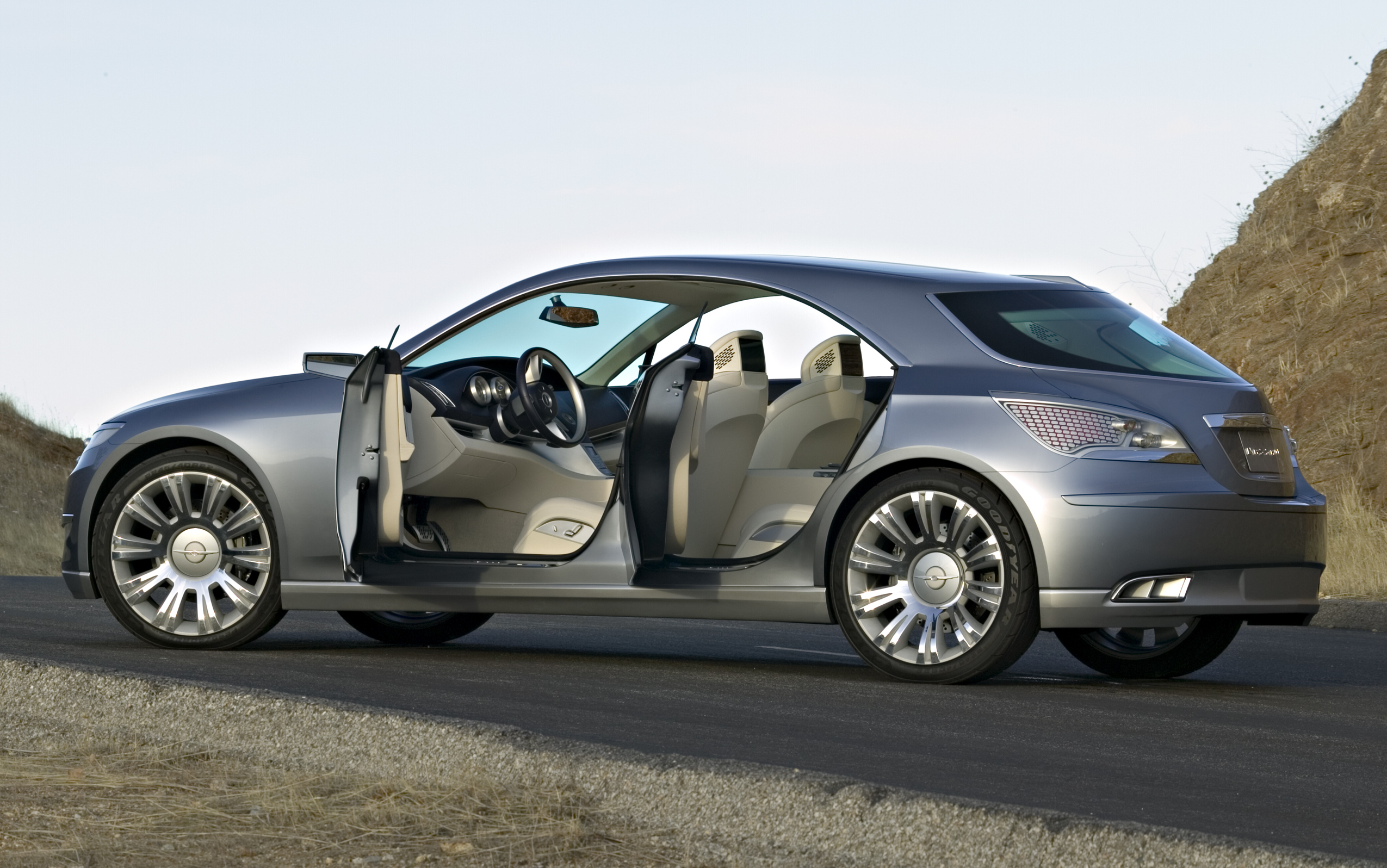
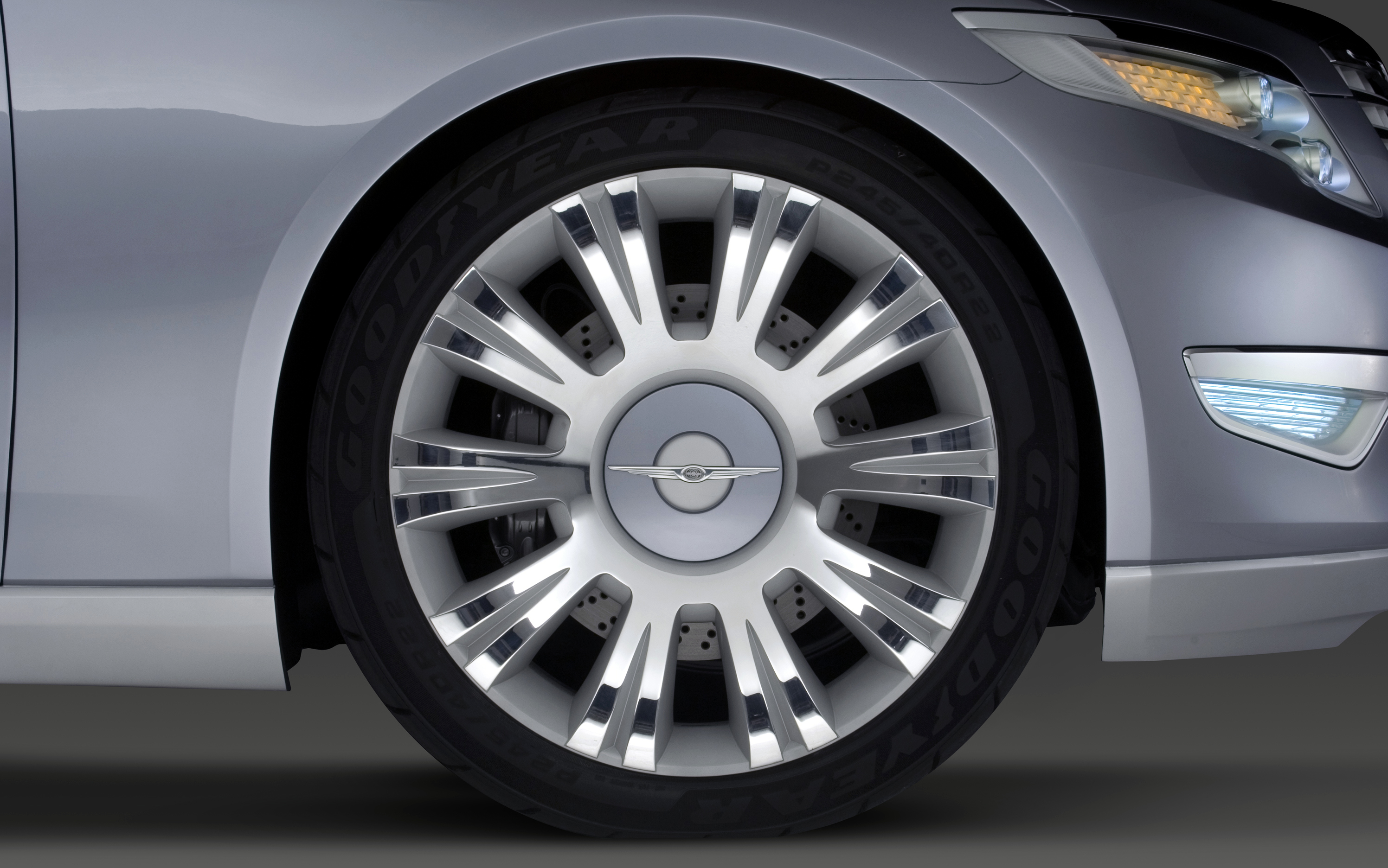
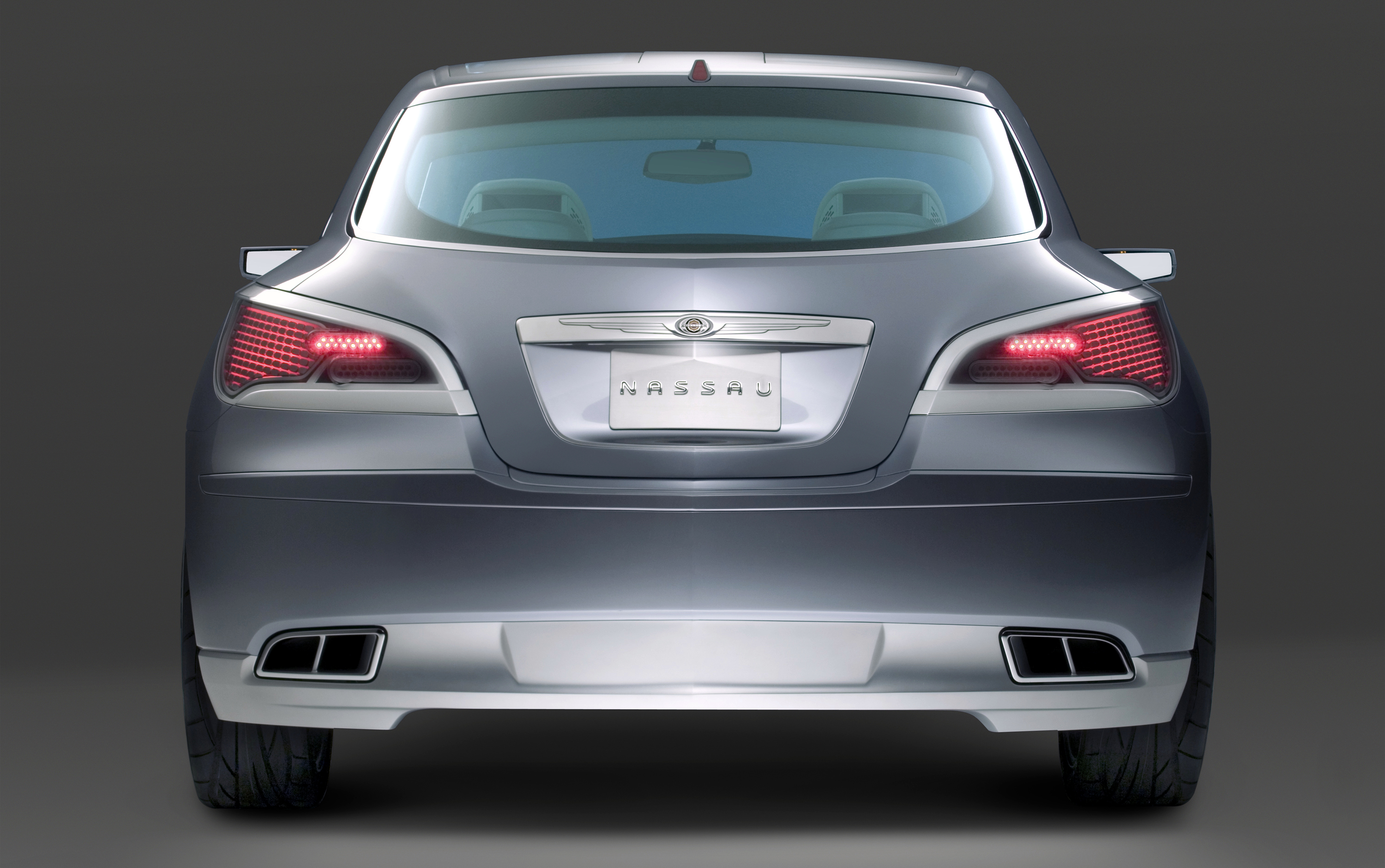
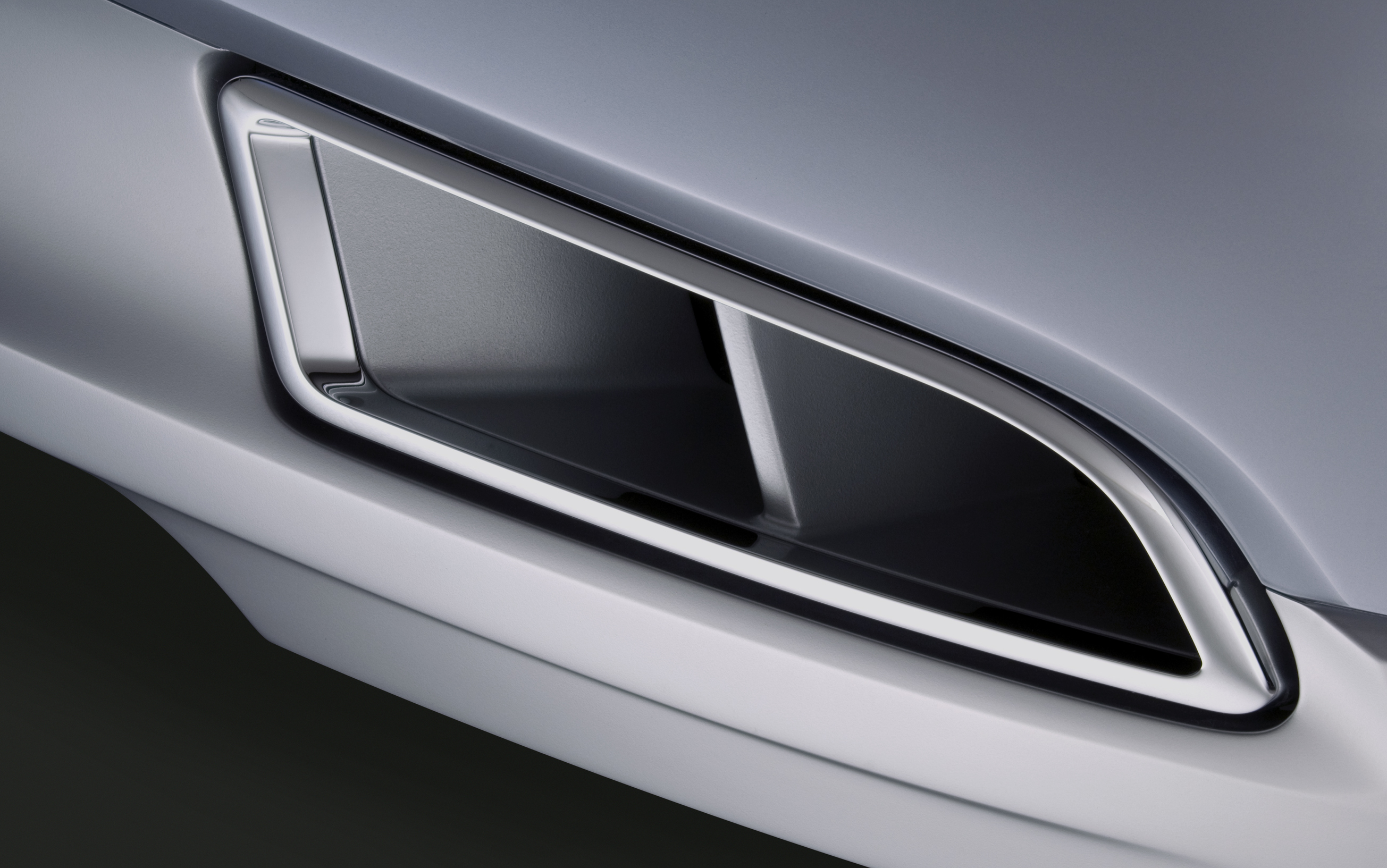

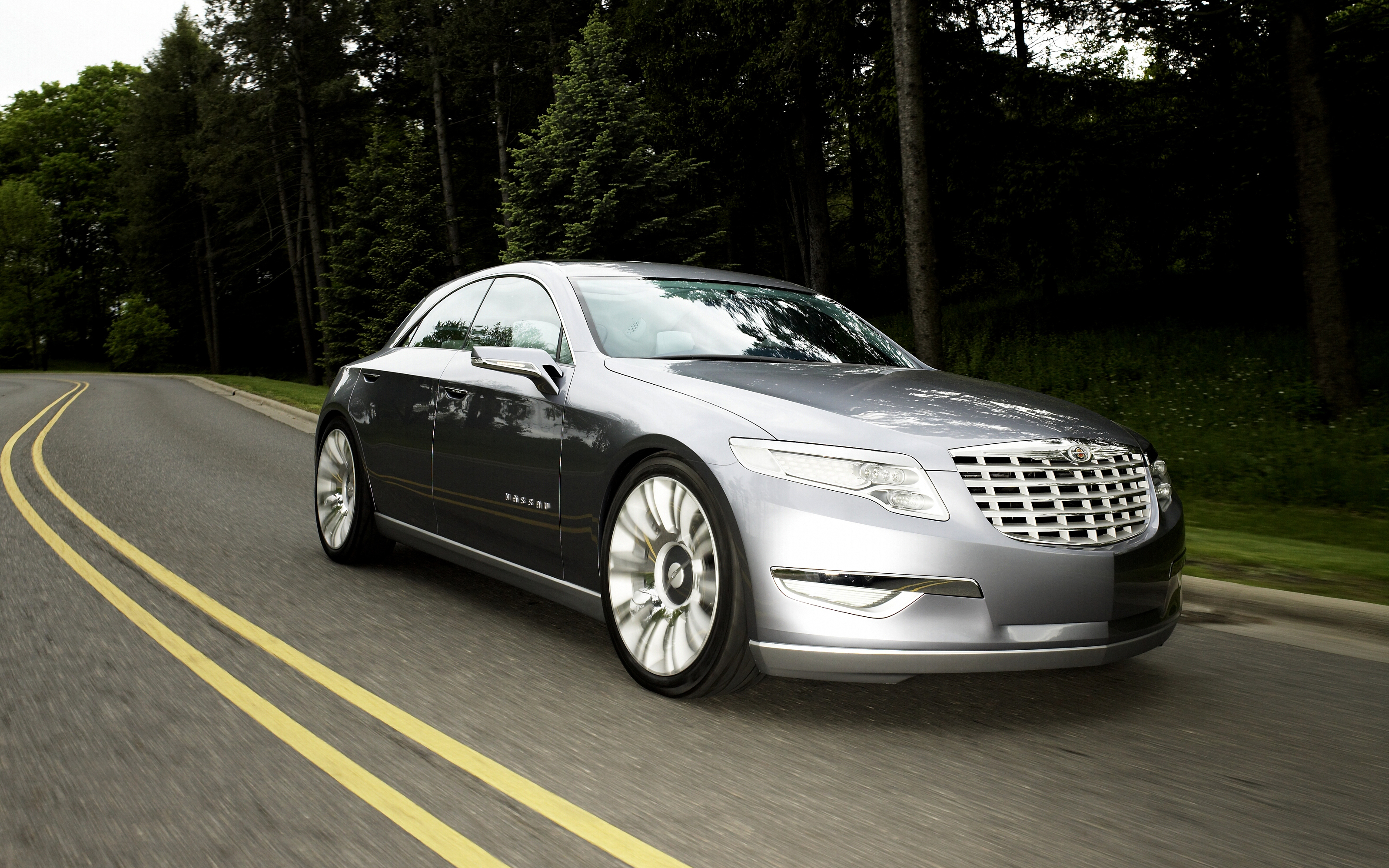


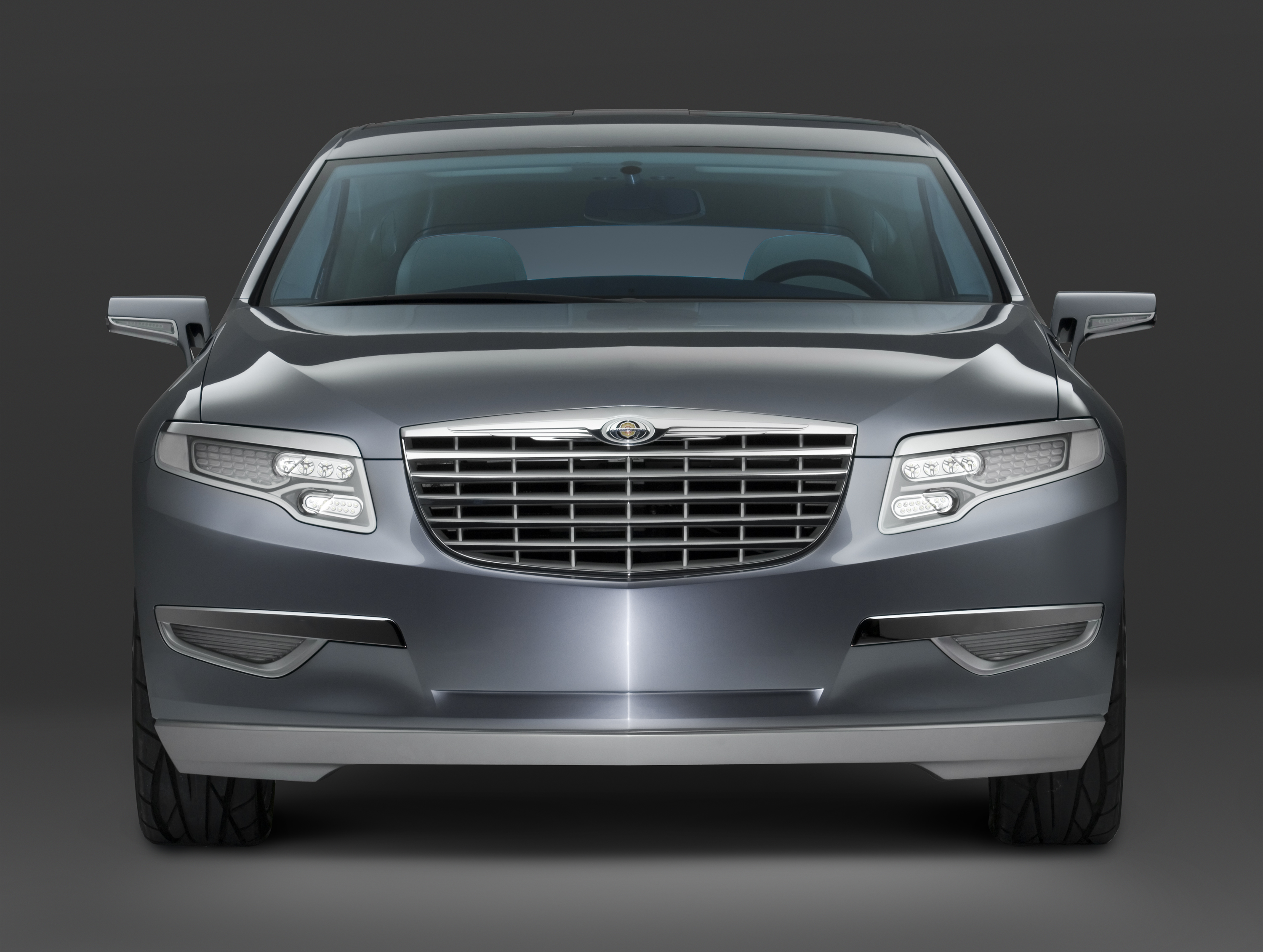
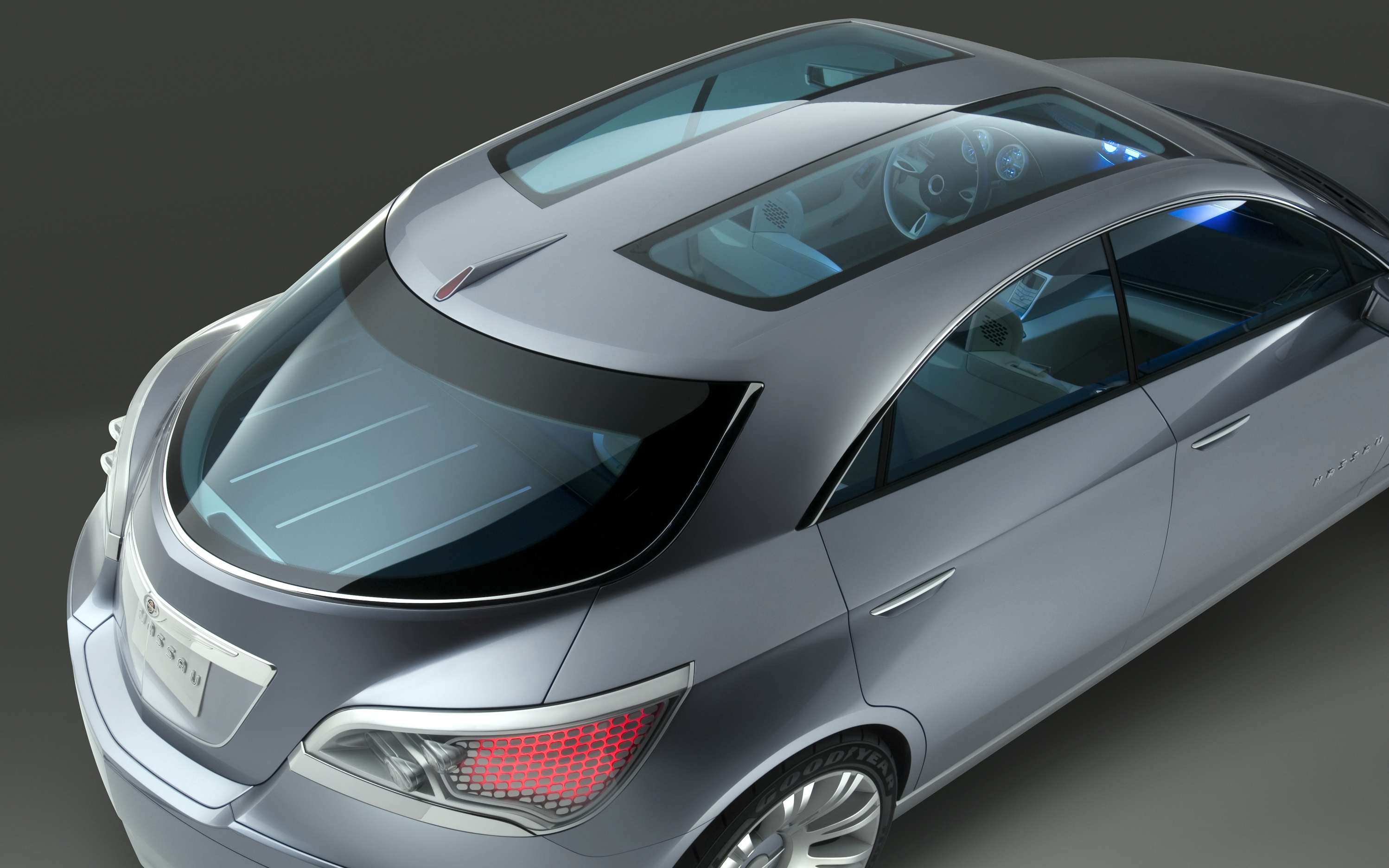
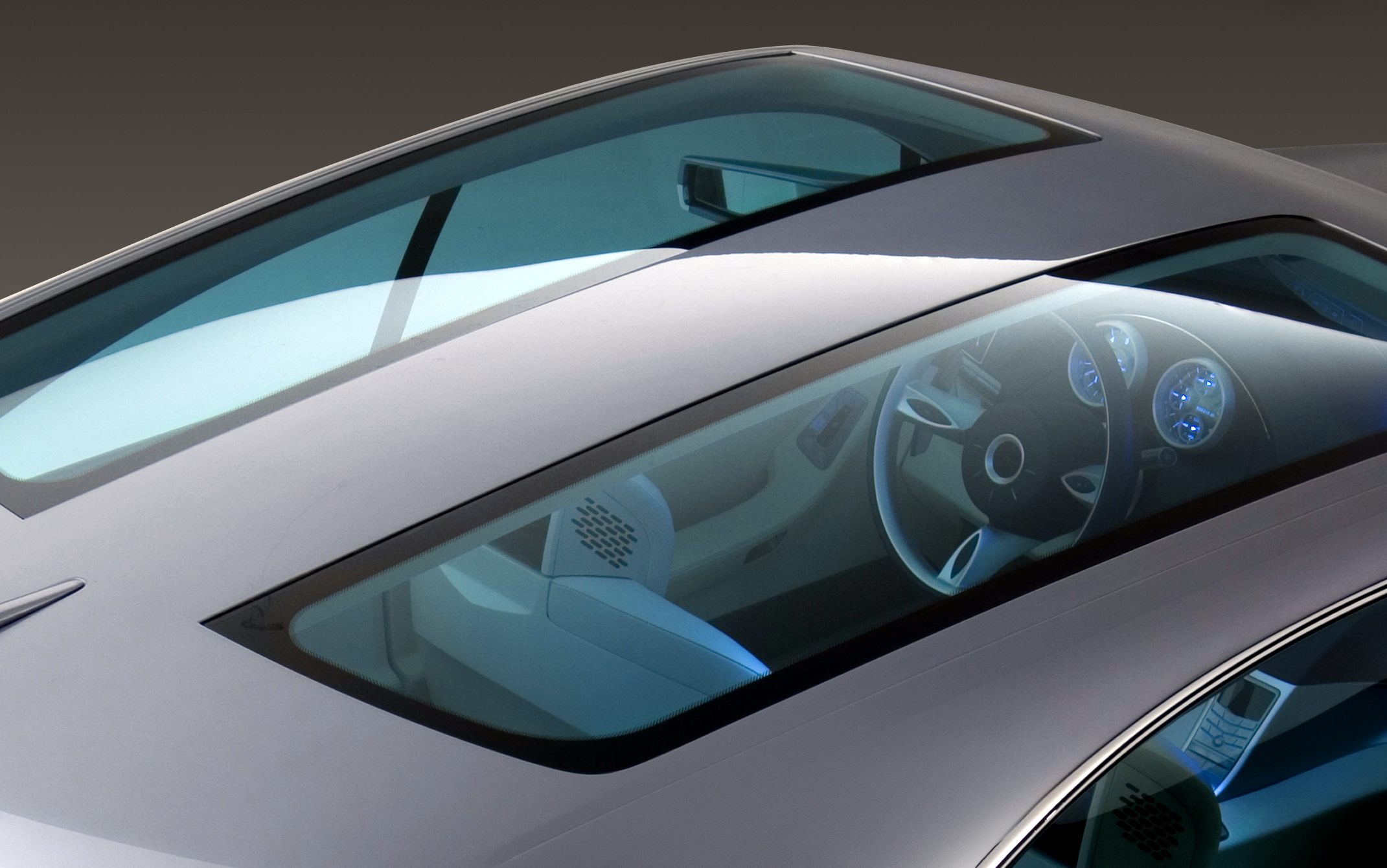

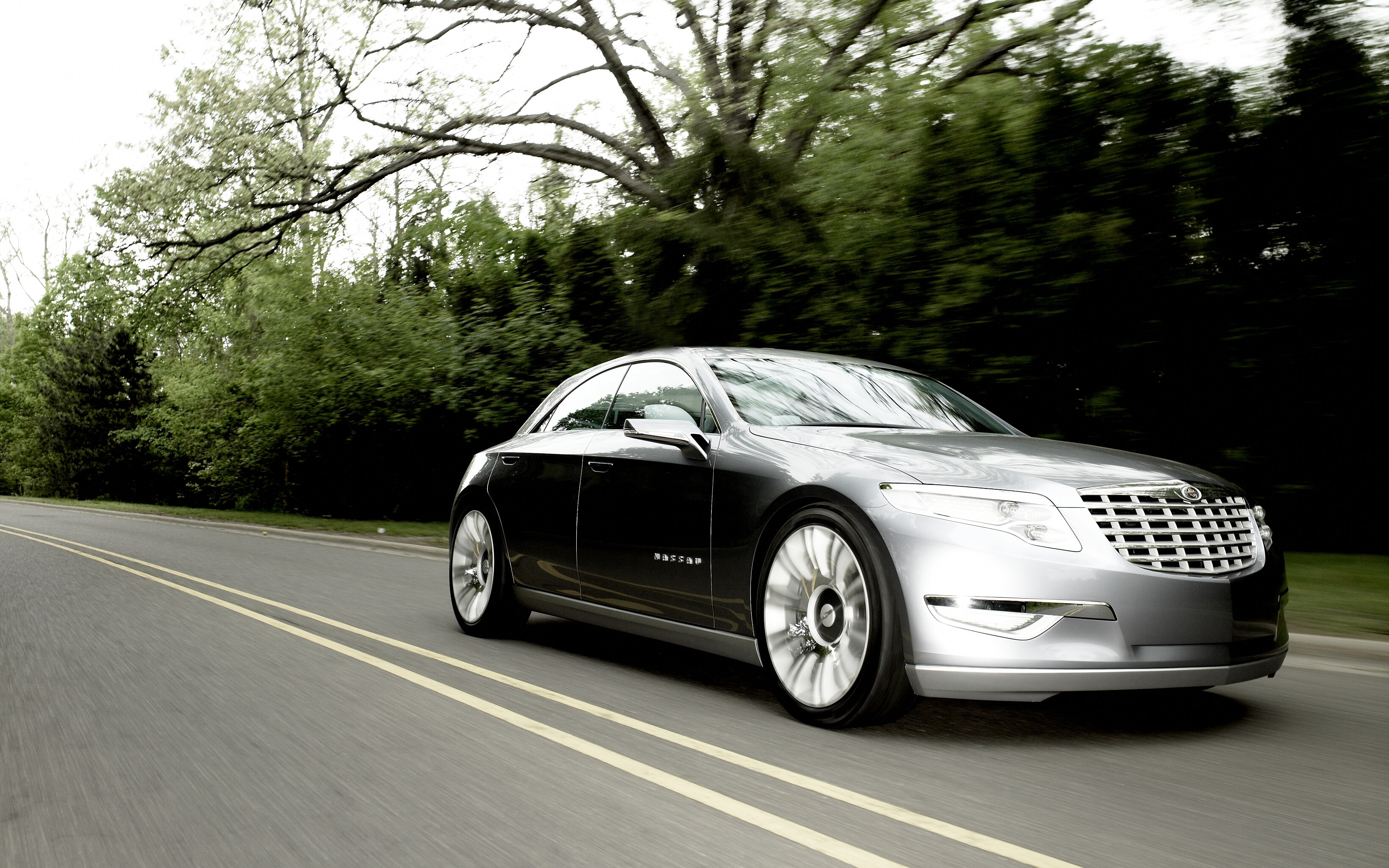
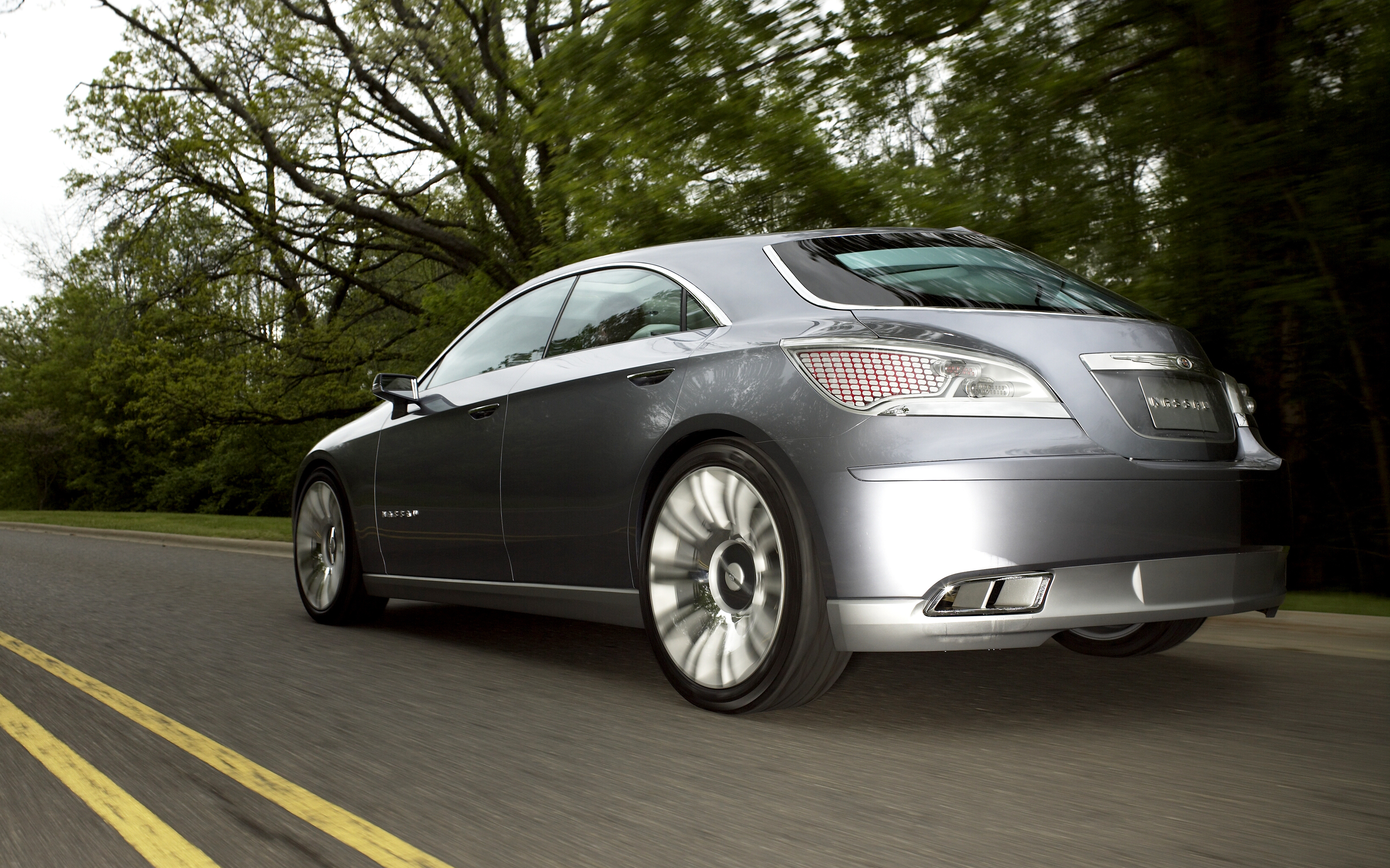
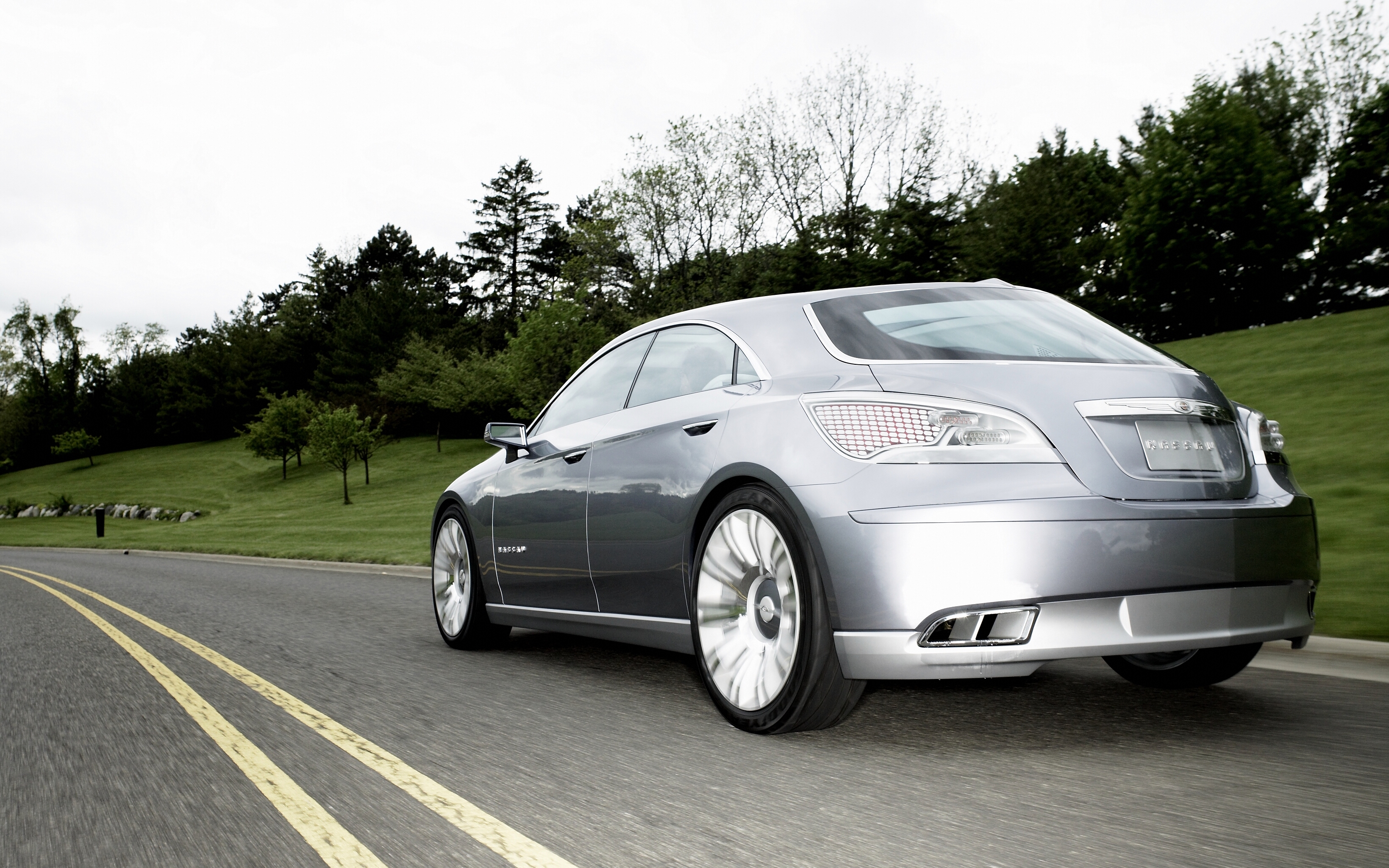
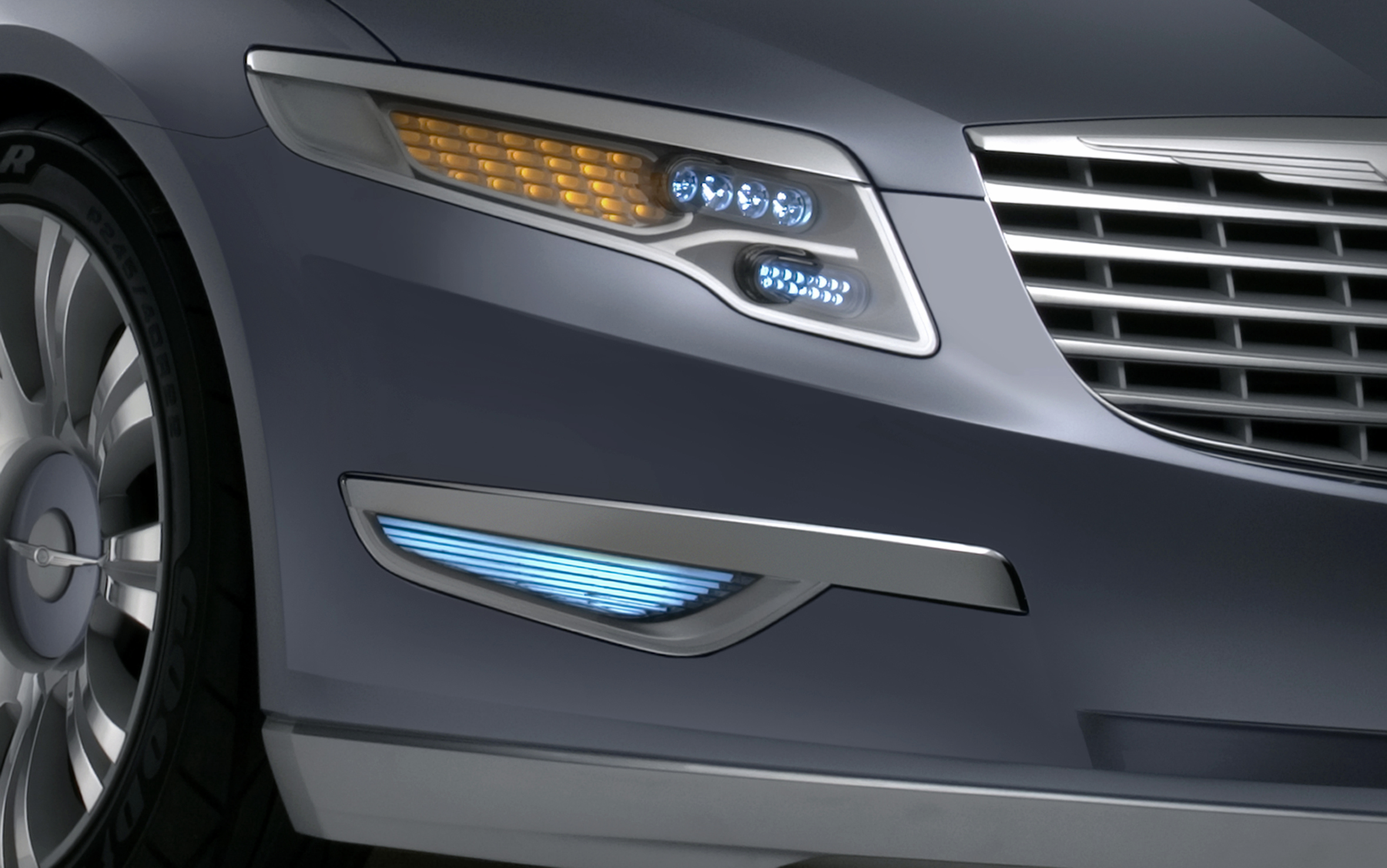
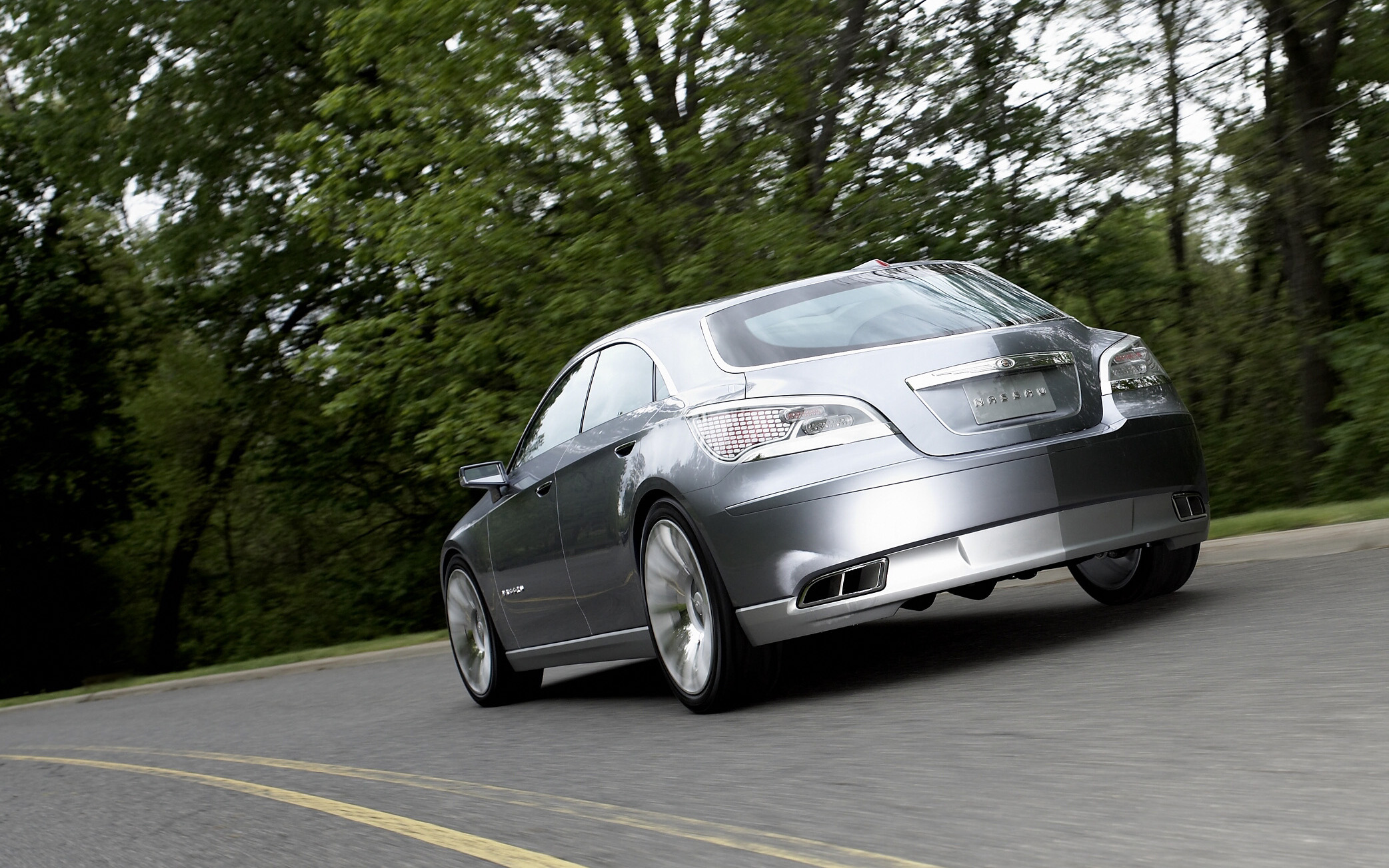
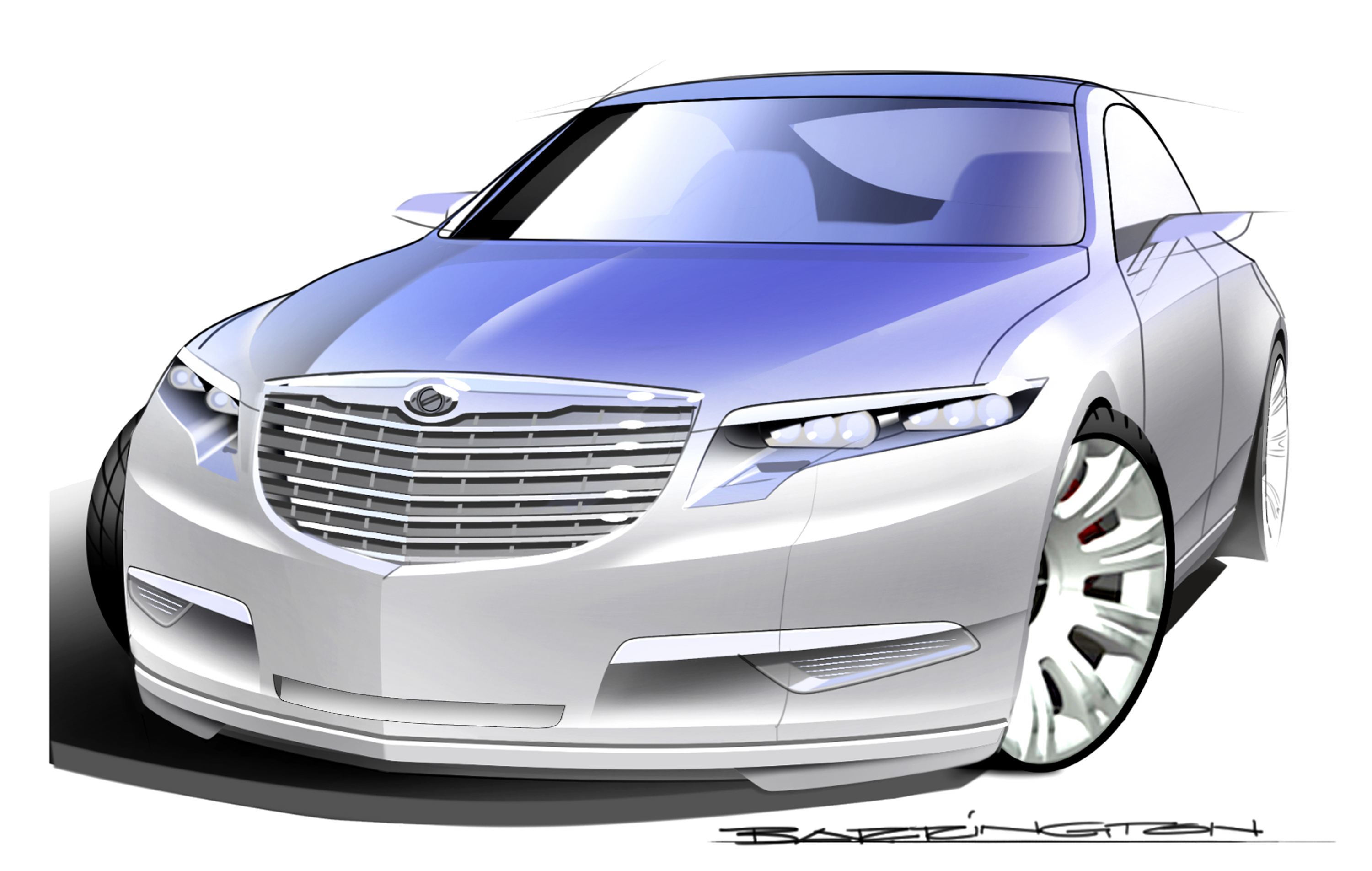
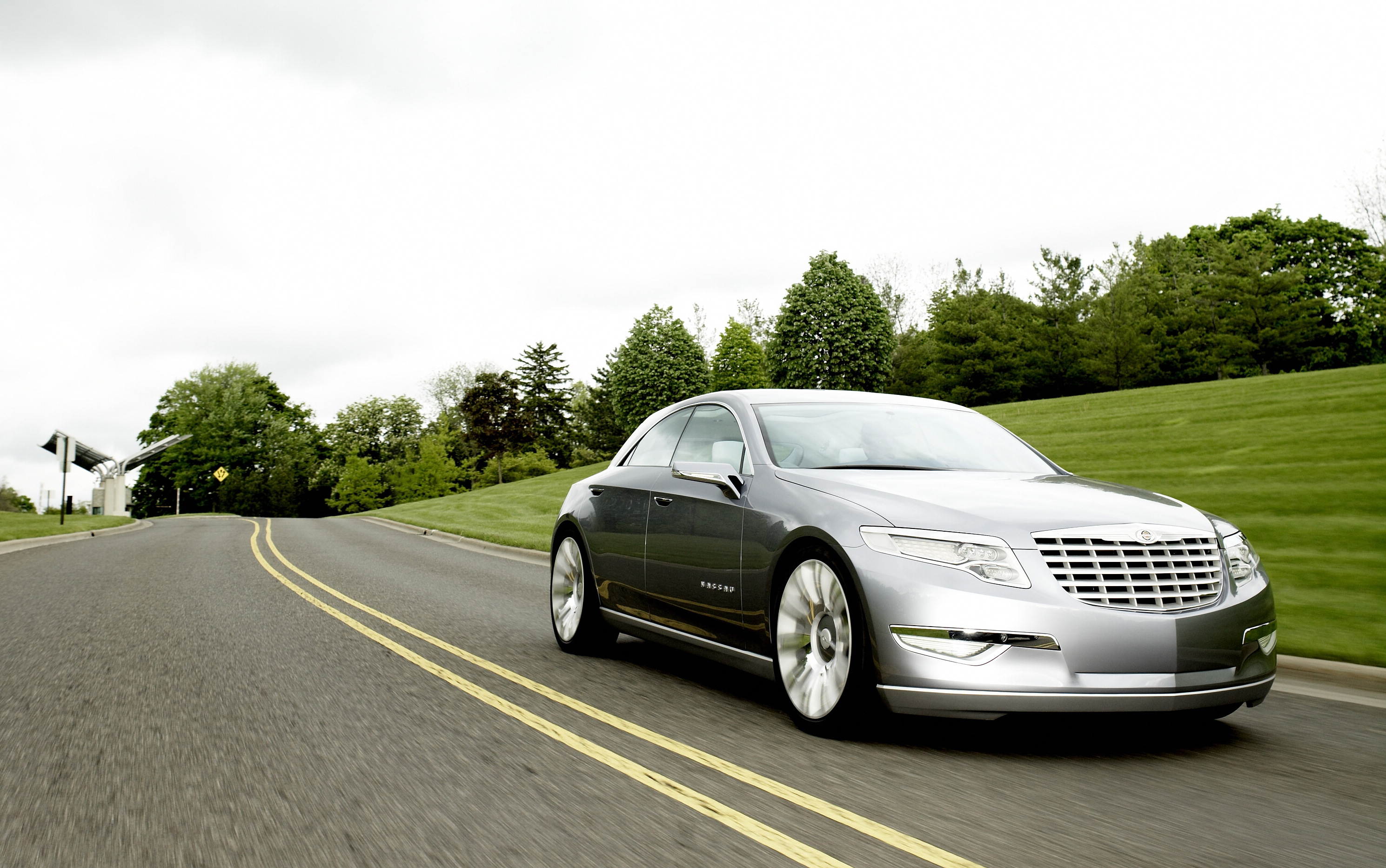
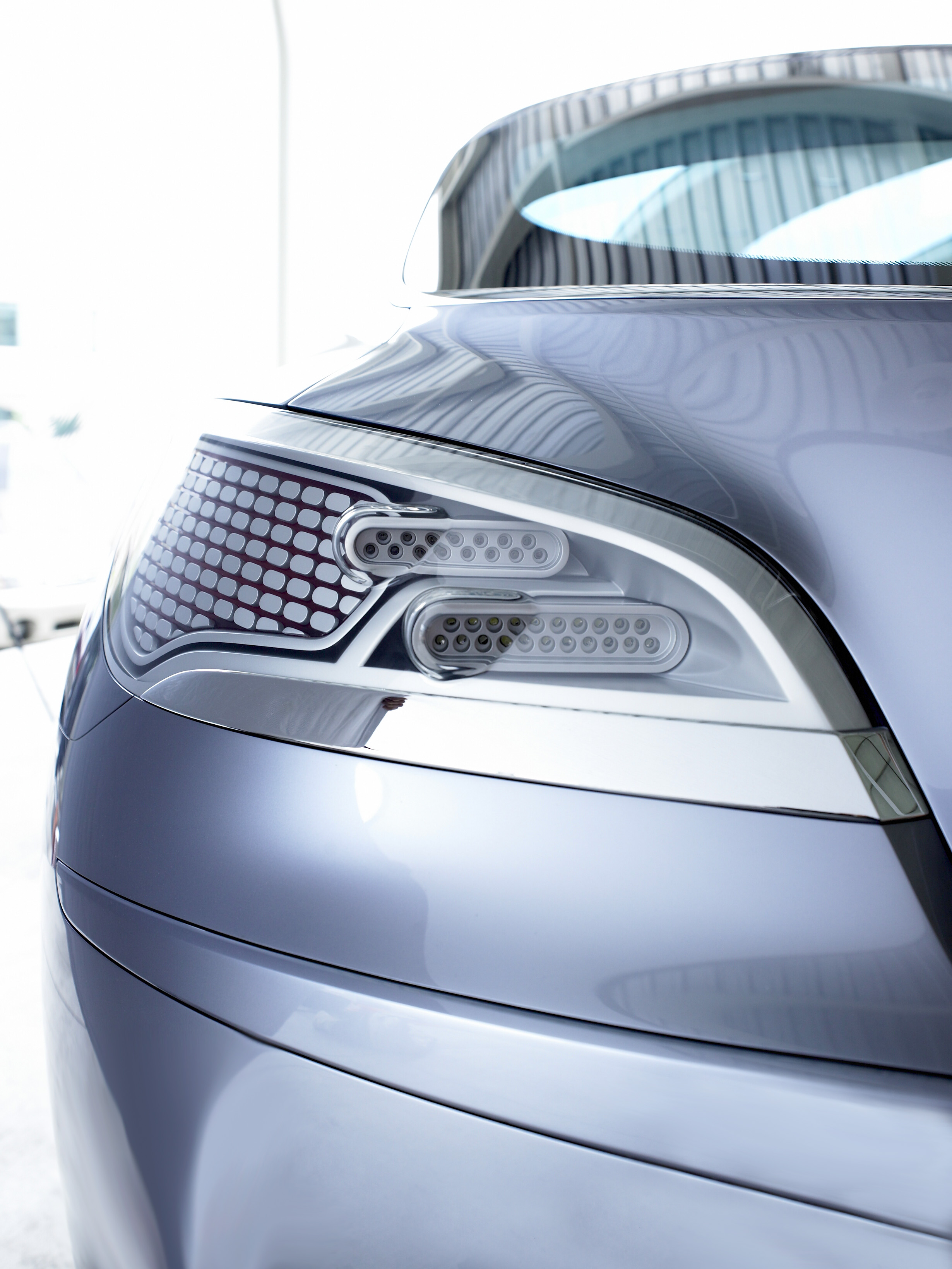
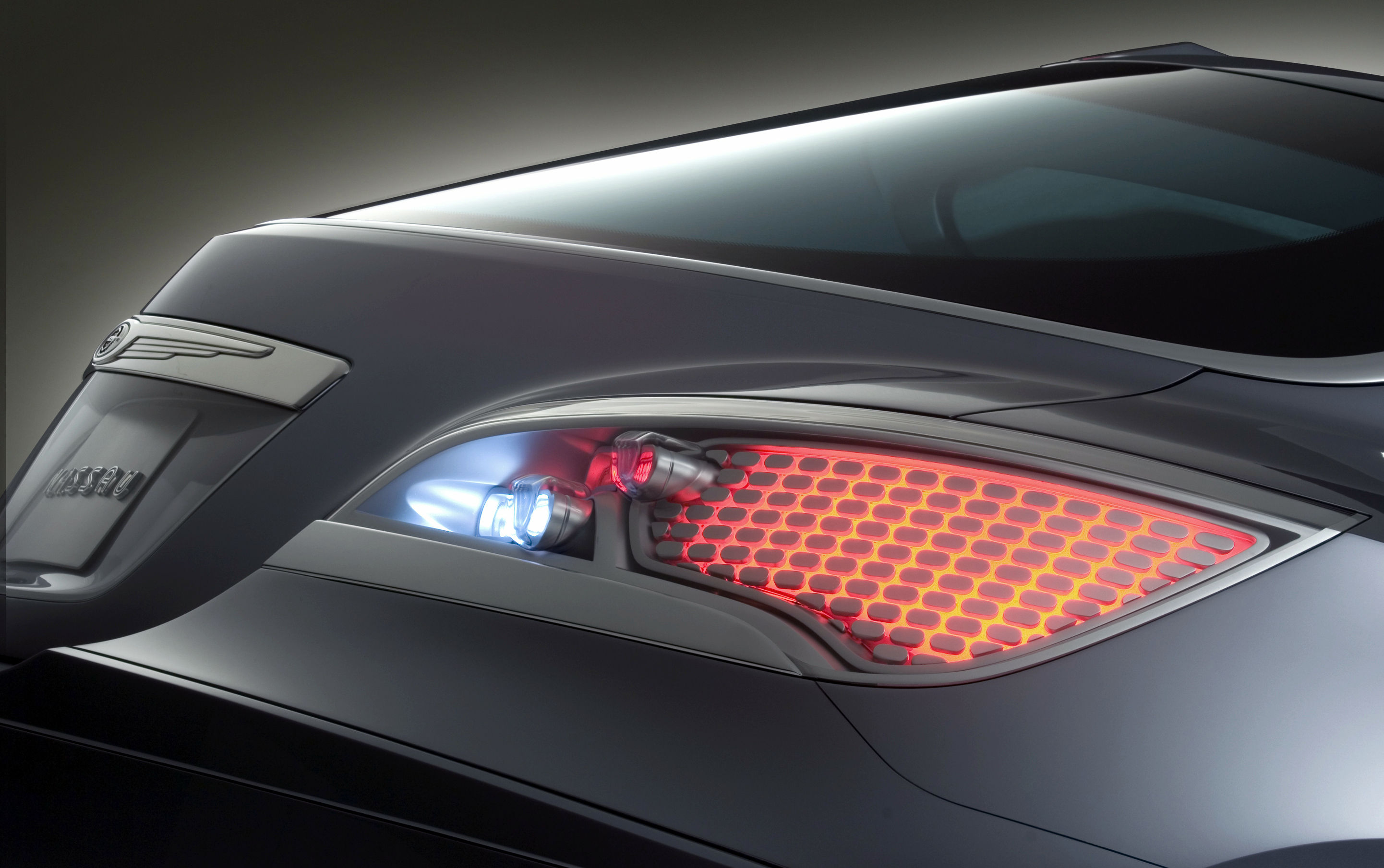
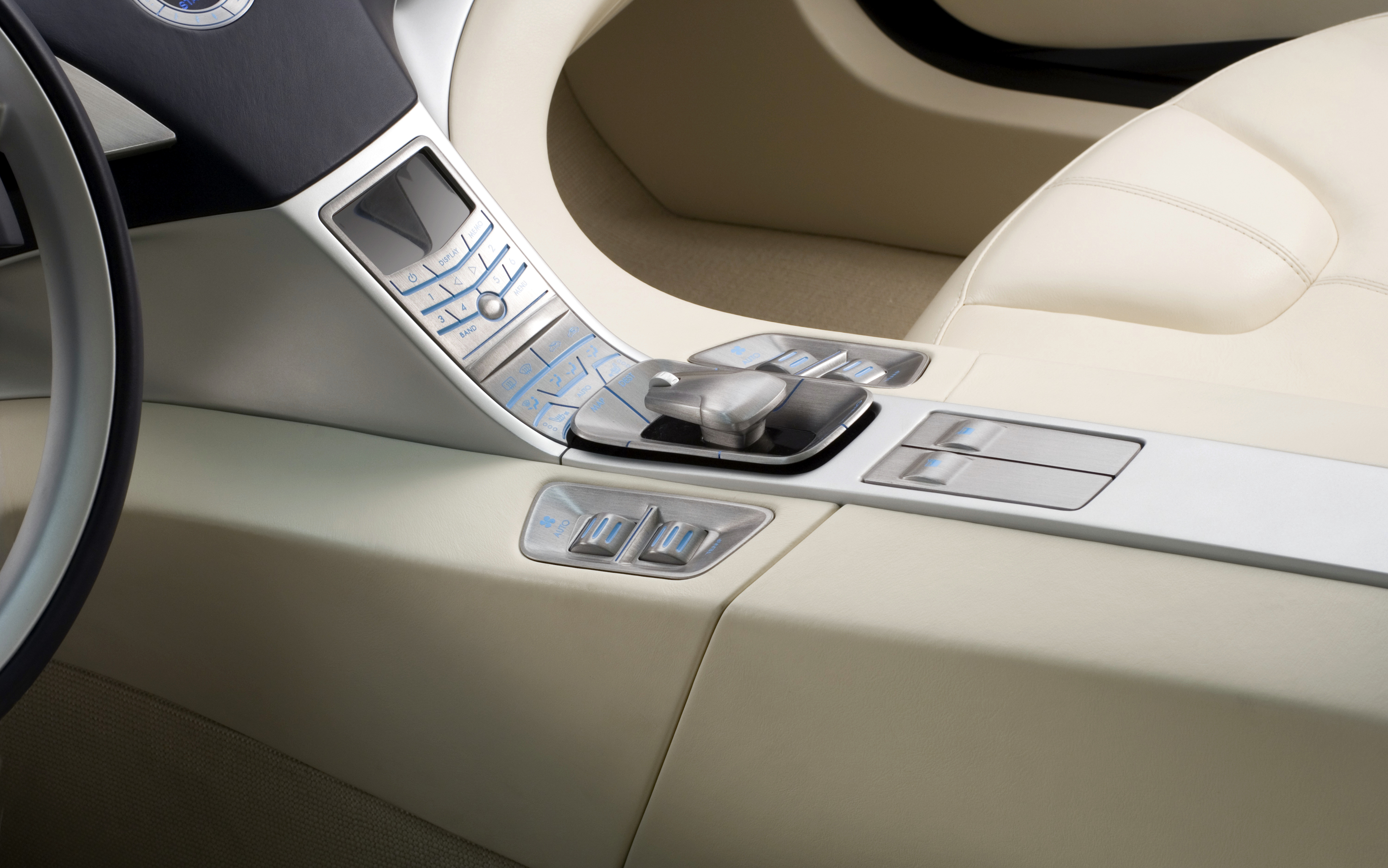
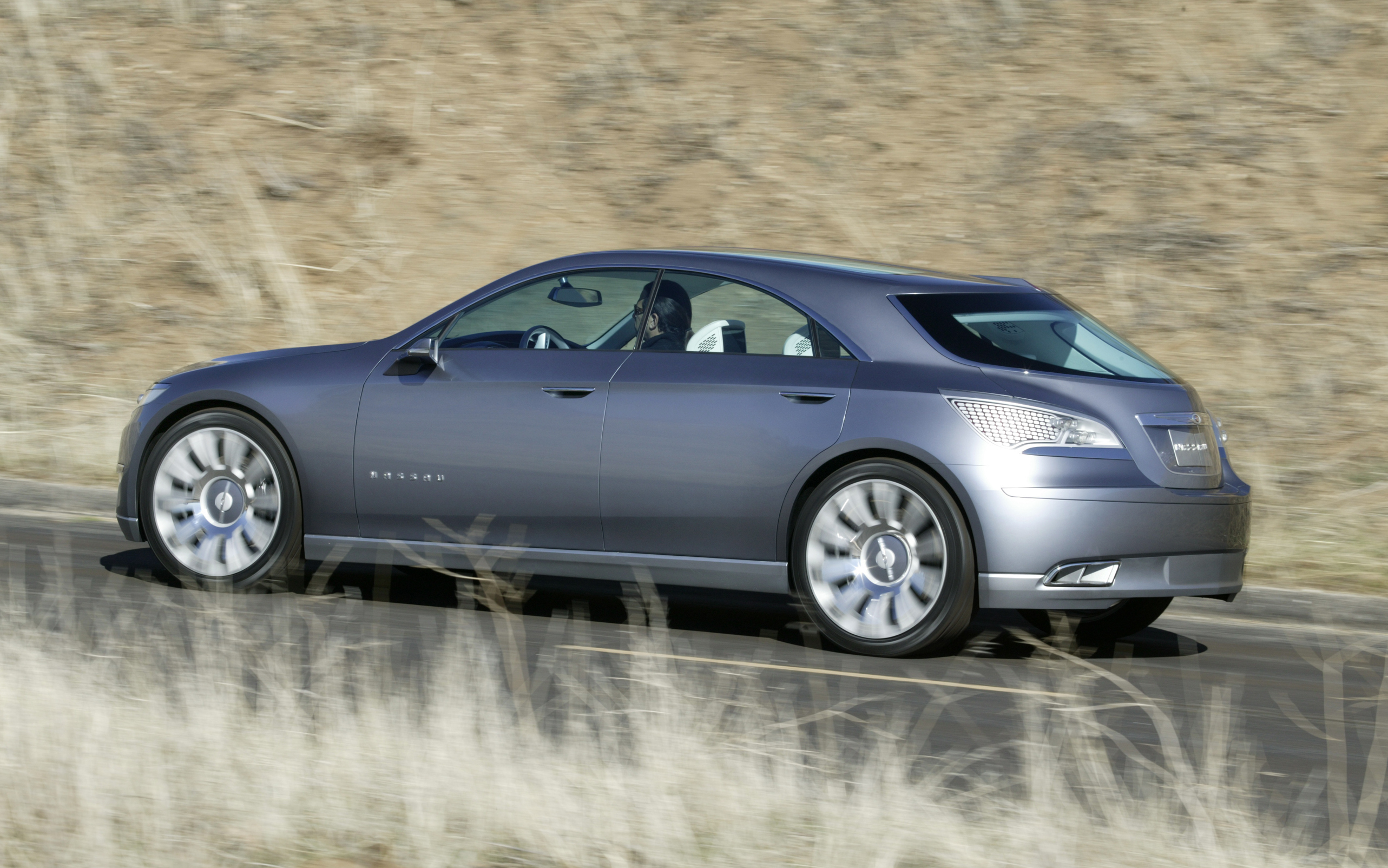

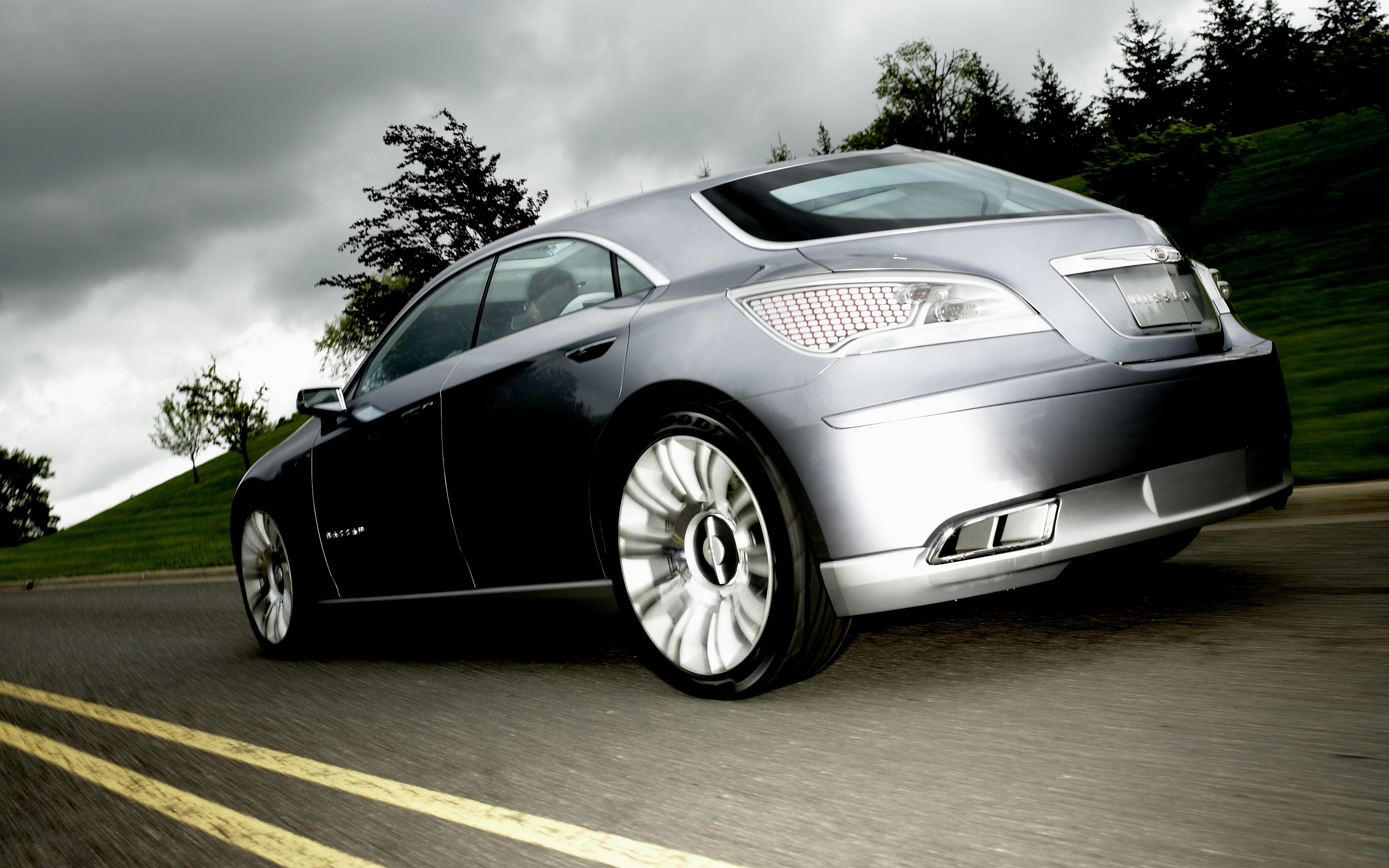
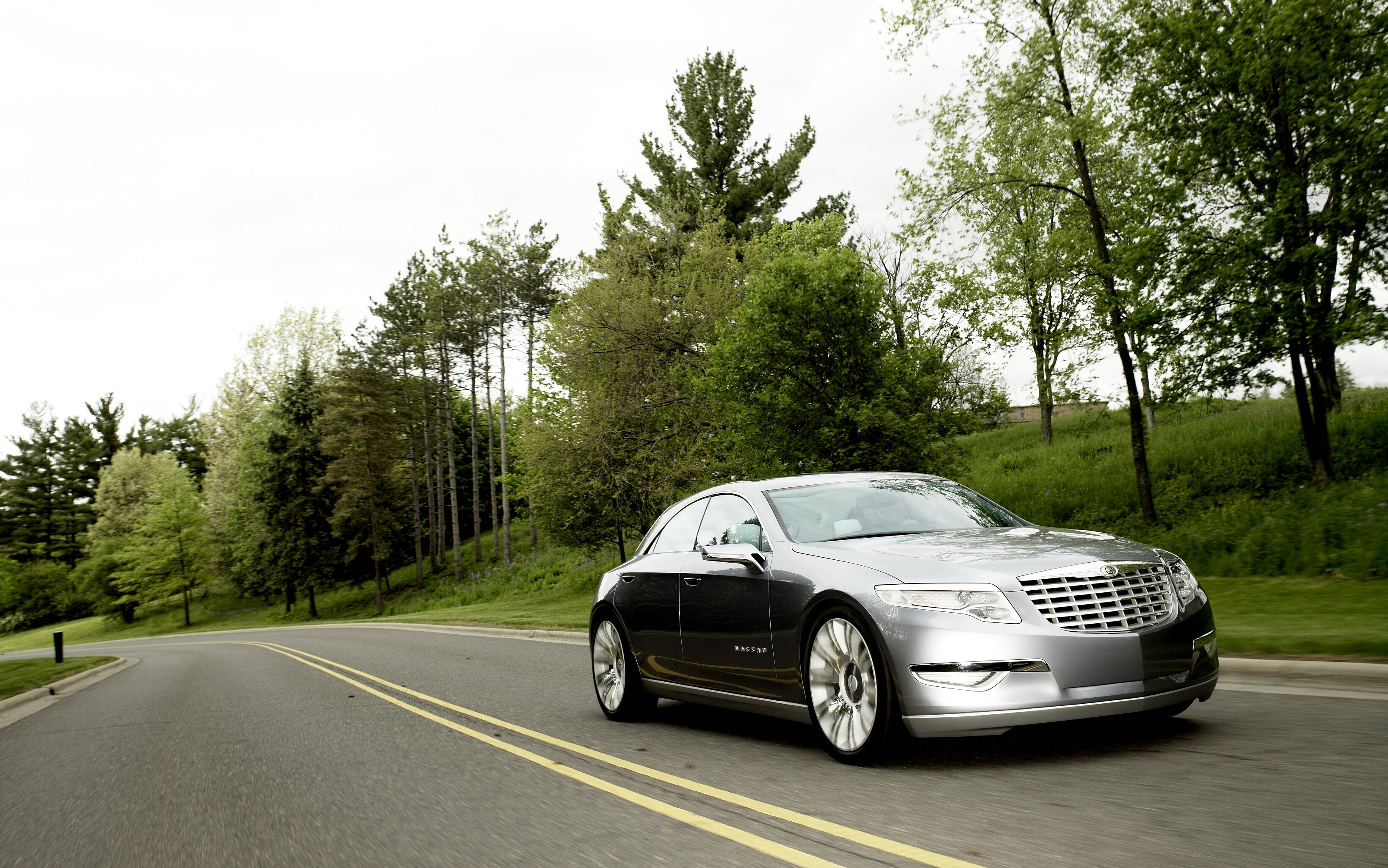
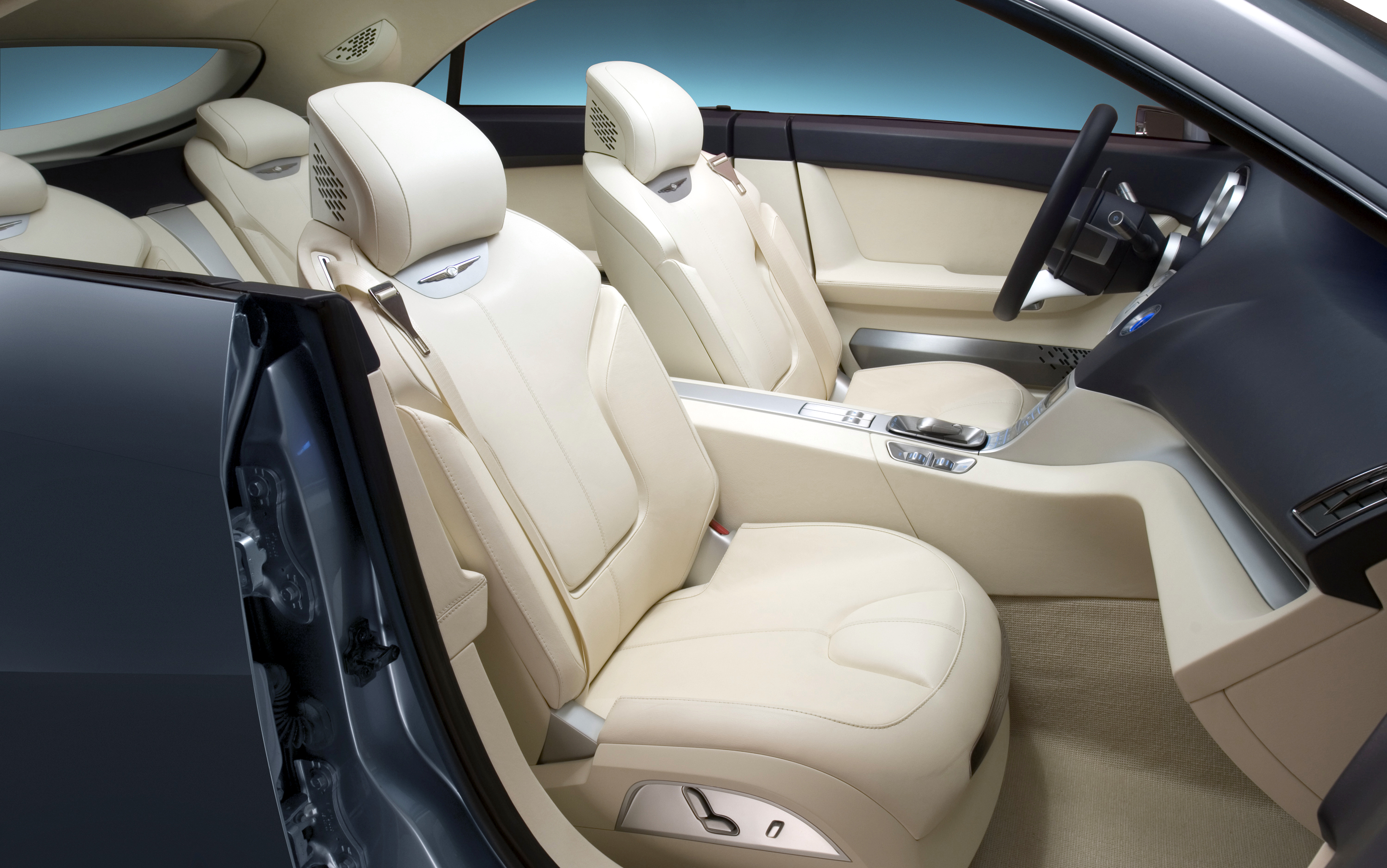
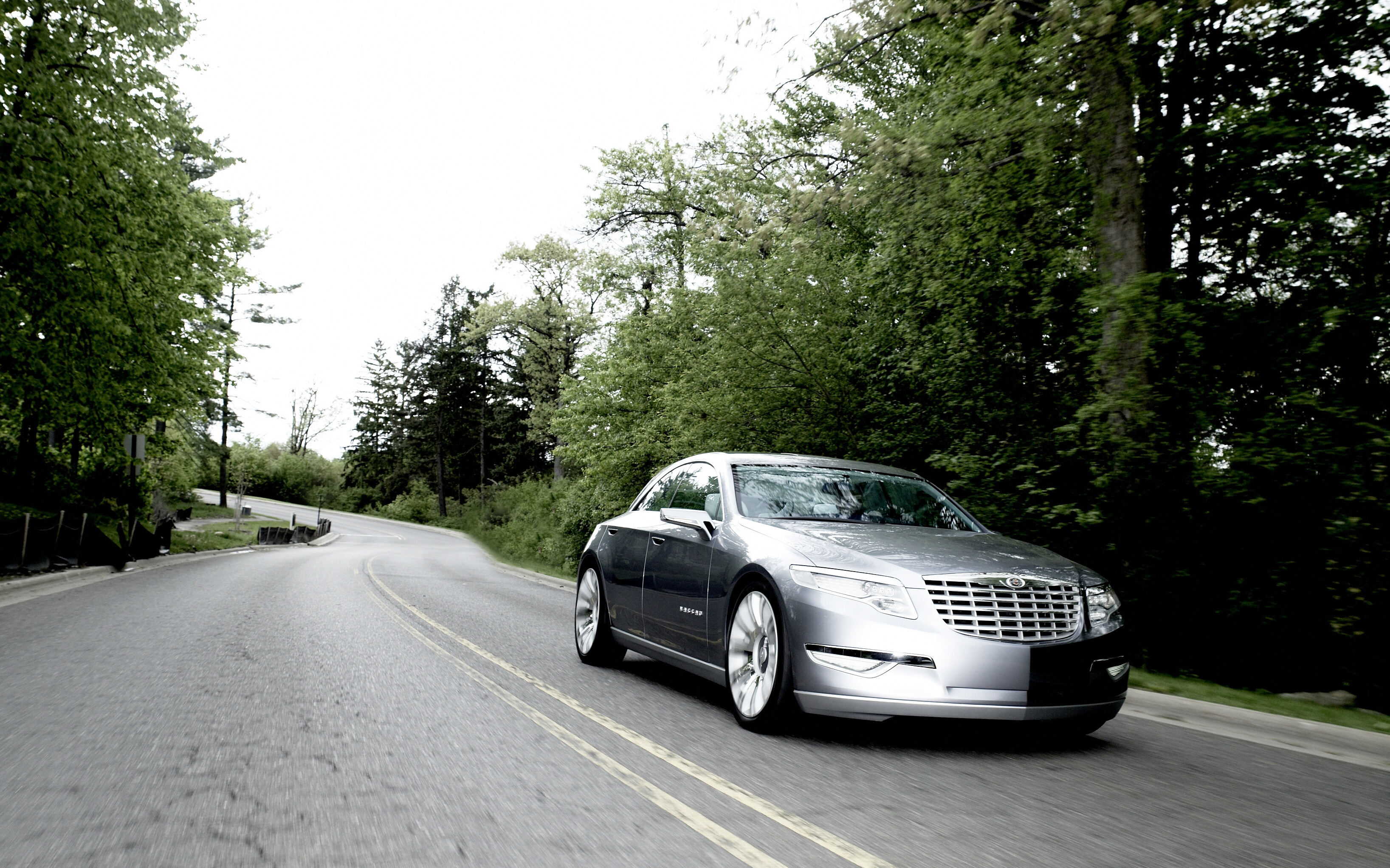
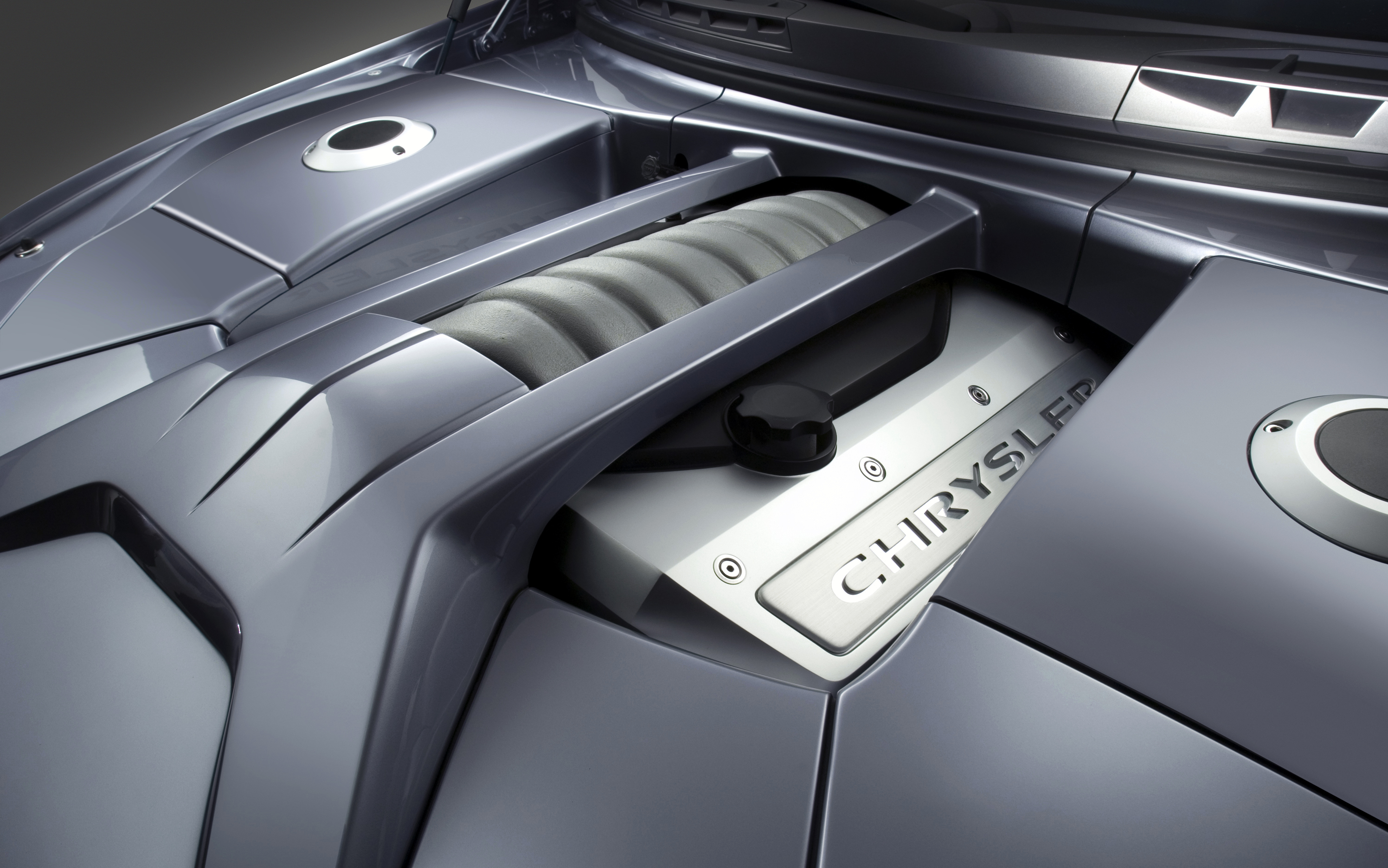

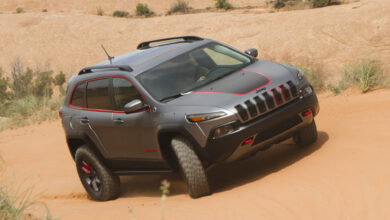
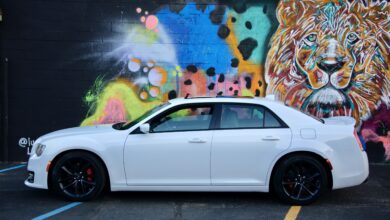
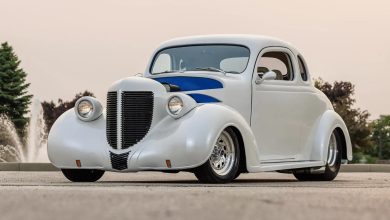

17 replies
Loading new replies...
Join the full discussion at the Mopar Insiders Forum →